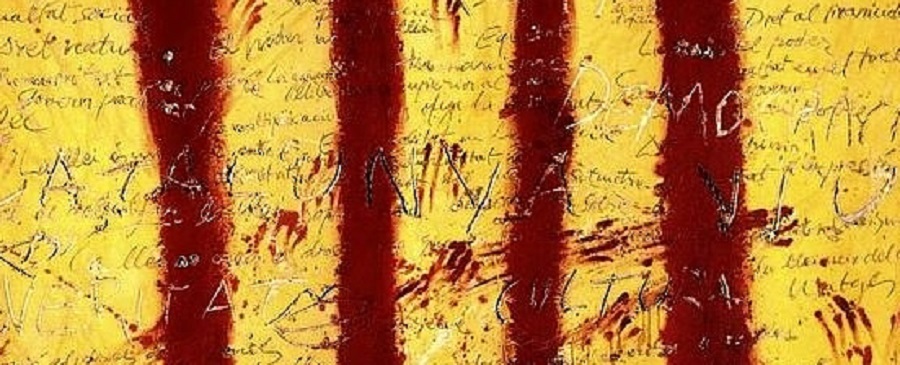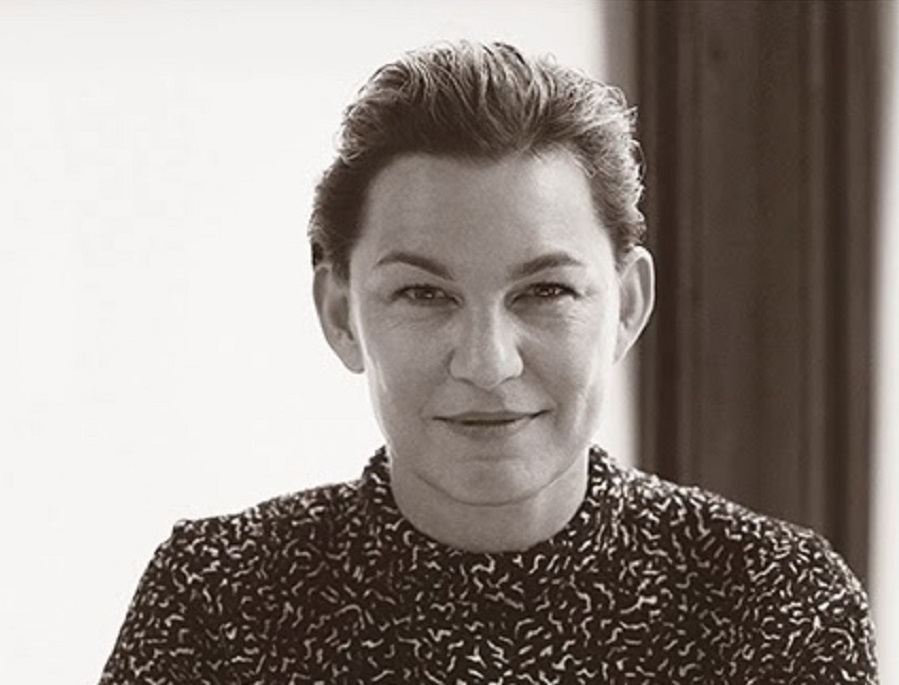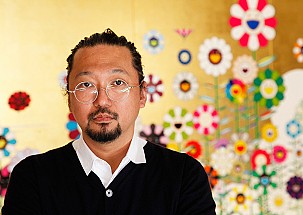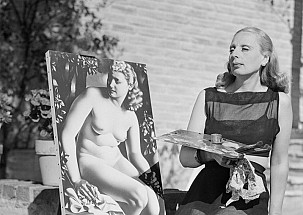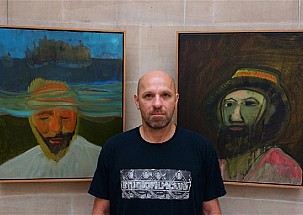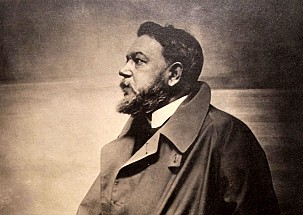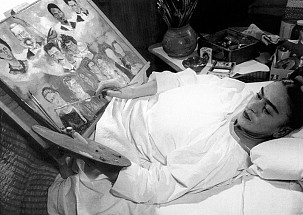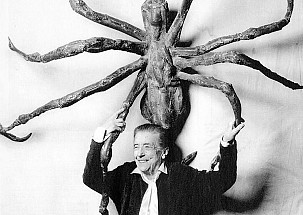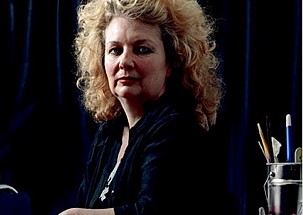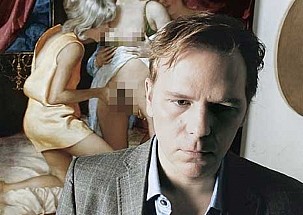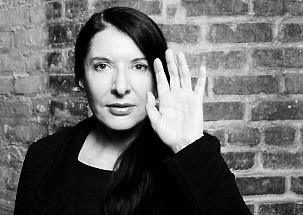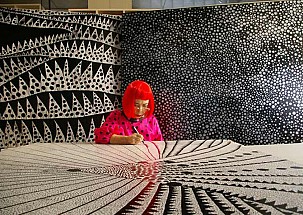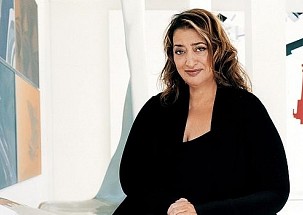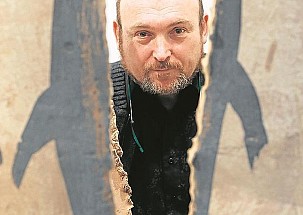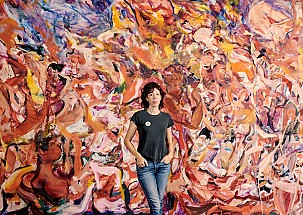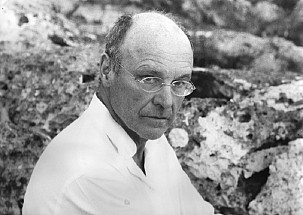- Details
British-Iraqi architect Zaha Hadid (1950-2016) once said "Rather than a style as such, what I do is try to stay always at the forefront of innovation”. It’s a clear expression of how she became a key figure for many in the evolution of an experimental architecture that imagined the new spaces of the 21st century. Hadid conceived of her work as a transformation of the vision of the future, using innovative concepts and forms to create cutting-edge works and designs full of originality, power and vanguardism. Hadid’s architectural language possesses an indisputable personality and unique character that is usually instantly recognisable. Her expressivity resonates with her outstanding personal achievement; an immigrant of Arabic origins, she was a unique voice in a profession that was never considered appropriate for women.
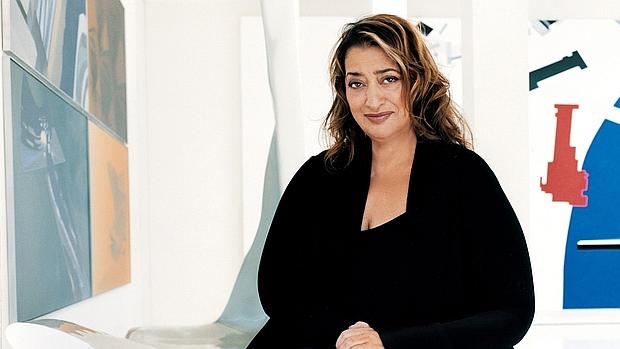
British-Iraqi architect Zaha Hadid (1950-2016) once said "Rather than a style as such, what I do is try to stay always at the forefront of innovation”. It’s a clear expression of how she became a key figure for many in the evolution of an experimental architecture that imagined the new spaces of the 21st century. Hadid conceived of her work as a transformation of the vision of the future, using innovative concepts and forms to create cutting-edge works and designs full of originality, power and vanguardism.
Hadid’s architectural language possesses an indisputable personality and unique character that is usually instantly recognisable. Her expressivity resonates with her outstanding personal achievement; an immigrant of Arabic origins, she was a unique voice in a profession that was never considered appropriate for women. It is no coincidence that she was the first, and so far only, woman to receive the prestigious Pritzker Prize in 2004, which marked a turning point in her career.

In the 1970s she was part of the deconstructivist movement, having studied at the Architectural Association in London, and worked at the new Office for Metropolitan Architecture as part of the circle surrounding Rem Koolhaas. However, Hadid soon became independent, opening her own London-based architecture practice in 1980, with a clear will to experiment. By 1983 she had already won her first competition, with a futuristic research and design project for The Peak Leisure Club in Hong Kong. In Hadid's lesser-known early drawings we can see the blueprint of an urban cartography; a stratified, refracted, almost geological view of modern urban life which experimented with new techniques in research and investigation.
Her groundbreaking vision was confirmed in the celebrated exhibition “Deconstructivism in Architecture” at New York’s Museum of Modern Art in 1988, which Hadid actively participated in alongside Frank Gehry, Daniel Libeskind, and many other members of that vanguard movement. From then on Hadid combined her architectural and design work with a permanent professorship at the prestigious Harvard Graduate School of Design. This combination provides a key to understanding both her formative roots in the avant-garde, and her complex artistic and intellectual personality.
The early nineties brought the first material results of Hadid’s research. The 1994 Vitra Fire Station in Weil am Rhein revealed a concept of space characterised by the use of lightweight exteriors, sharp angles and prismatic shapes. Yet the experimentation with lighting and the integration of the building into the landscape anticipated her later work. She pursued an aesthetic vision that took in every aspect of design, from exterior structures, to interiors and furniture; as confirmed by her design for the Moon Soon Restaurant in Sapporo, Japan in 1990. With this new creation Hadid offered an interpretation of decentred space inspired by the Japanese city’s traditional ice buildings.

Vitra Campus
In contrast to the sharp angles of her early work, her later projects came to make greater use of sweeping curves, spirals, fluid lines and spaces. Structure became a form of landscape, proving that the "controlled chaos" of deconstructivism could become a material reality. During the second half of the nineties Hadid's style was evolving away from the use of flat surfaces to become much more volumetric and spatial. This can be seen, for example, in the Contemporary Arts Center in Cincinnati, which was began in 1997 and completed in 2003. This ambitious work, her first in the USA, perfectly displays her quest for new, integrative models of urban design for both interiors and exteriors. In fact, the entrance hall and the building’s surroundings were organised into an "urban carpet", which formed a continuous surface between the street outside and the interior. Beginning on the corner where the building stands, the surface curves up and inside, rising until it becomes the back wall.
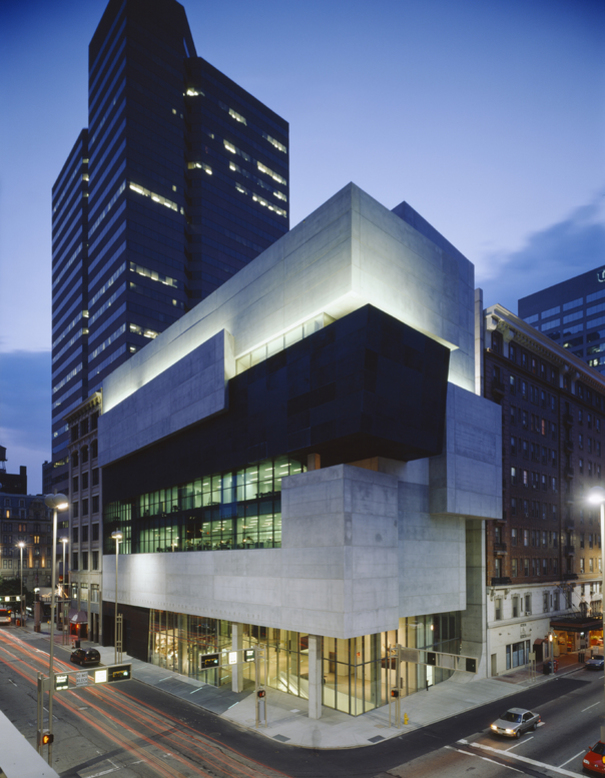
Contemporaty art center Lois & Richard Rosenthal in Cincinnati
This groundbreaking concept evolved further with the National Museum of the 21st Century Arts in Rome (MAXXI). Inspired by the serpentine waters of the River Tiber, the building develops the idea of an open urban campus over which the interior spaces extend to include or integrate the entire city. Its elaborate forms, sinuous contours and varied, overlapping dimensions create a spatially complex, yet always functional structure. Both the interior and exterior surfaces of its curved walls are used to exhibit projections and installations, capturing the attention of visitors.
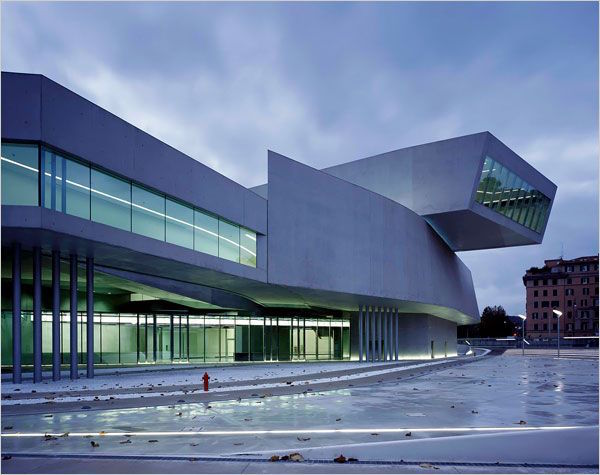
National Museum of the 21st Century Arts in Rome (MAXXI)
From the beginning of the new millennium Hadid's powerful projects confirmed time and again her goal to break with architectural convention in whatever she did; turning buildings into landscapes and rethinking their physical and formal limits. For example, the Guangzhou Opera House in China is probably one of her most spectacular works in terms of its monumental dimensions. However, despite the sheer size, the fluid movement and dialogue between its four large independent structures do not clash with the other urban spaces of that rich Chinese city, where it functions as a cultural nerve centre.

Guangzhou Opera House
Of course, the relationship between the building and the city is a constant theme in her work. The Bridge Pavilion, constructed for the Expo 2008 in Zaragoza, is a paradigm example and one of the most representative works of her career. This extremely complex work of engineering combines technical virtuosity with functionality; the contents and interiors were designed to be a space of collective reflection on the theme of sustainable development, hosting the exhibition “Water – A Unique Resource”. The fact that this dialogue on water is realised over a river as symbolic as the Ebro not only accentuates the scale of the global challenge, but acts as a window into the heart of the city, which it invites us to contemplate "from within".
In a world structured by shapes, Hadid's groundbreaking projects broke with the habitual, the lineal. Her style demonstrated a perfect command of non-rectilineal forms, particularly three-dimensional shapes. The elegant, undulating exterior surface of the Heydar Aliyev Center in Baku has a geometric fluidity, folding in on itself to form both the concert hall and the interior hall. Moreover, her style came to dispose of traditional decorations, as seen in the London Aquatics centre, one of the main venues for the 2012 Olympics. The use of concrete to make the wave-shaped roof creates a texture that also serves as a form of ornamentation.
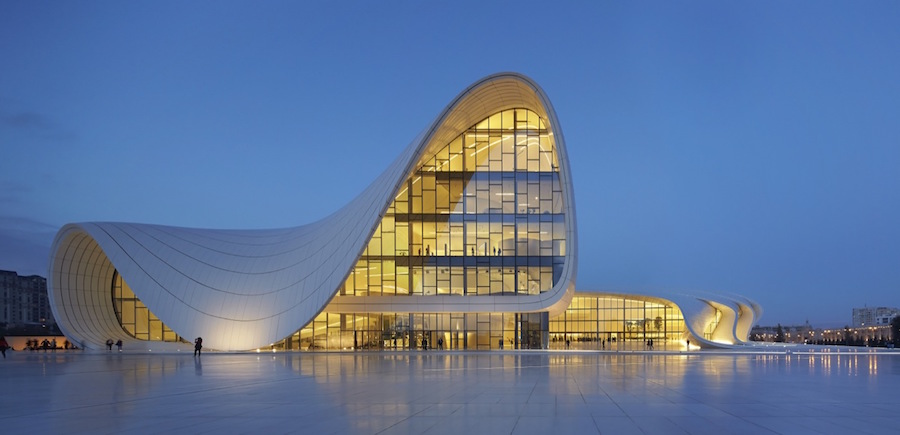
Heydar Aliyev Center in Baku
Zaha Hadid's unexpected death at 85 has left a void in the still young history of 21st century architecture that cannot be filled. Her multi-faceted talent as architect, designer and teacher combined technical, artistic and intellectual qualities of inestimable value. All of this has forged an international reputation that extends far beyond the many accolades she justifiably received from the public and media in her lifetime. It is still too early to say whether her powerful contribution and formidable architectural personality will survive the customary criticisms and hasty judgements of the day. Only the discourse of future generations will confirm this undeniably iconic female architect's place in history. As seen in her petal-like sculpture "Kloris", Hadid's work opens up form to a myriad of new possibilities and more organic ways of representing architectural thought. That is why her life's work, which constantly challenged and reimagined the spaces and landscapes of the future, will continue after her death.
(Translated from the Spanish by Ben Riddick)
- Zaha Hadid. Biography, works and exhibitions - - Alejandra de Argos -
- Details
- Written by Kilian Lavernia
“I only survived thanks to art. It gave me faith in my own existence." And this is how bluntly Tracey Emin (Surrey, 1963) writes in her explosive autobiography Strangeland (Sceptre, 2005; Spanish translation published 2016), a collection of personal writings and reminiscences that allow us an insight into an undoubtedly complex persona. And this without falling into the trap of clichéd judgements on her provocativeness or exhibitionism, precisely because her personal history and her artistic identity are intertwined so fascinatingly and so irreverently. She has made what was once cutting-edge ~ the merging of intimacy, art and life to make something insoluble ~ into a new, confessional-style, conventional artform. For this reason, Emin's artistic output cannot be fully understood without reference to her life and this is not to state the obvious just for the sake of it.
“I only survived thanks to art. It gave me faith in my own existence." And this is how bluntly Tracey Emin (Surrey, 1963) writes in her explosive autobiography Strangeland (Sceptre, 2005; Spanish translation published 2016), a collection of personal writings and reminiscences that allow us an insight into an undoubtedly complex persona. And this without falling into the trap of clichéd judgements on her provocativeness or exhibitionism, precisely because her personal history and her artistic identity are intertwined so fascinatingly and so irreverently. She has made what was once cutting-edge ~ the merging of intimacy, art and life to make something insoluble ~ into a new, confessional-style, conventional artform.
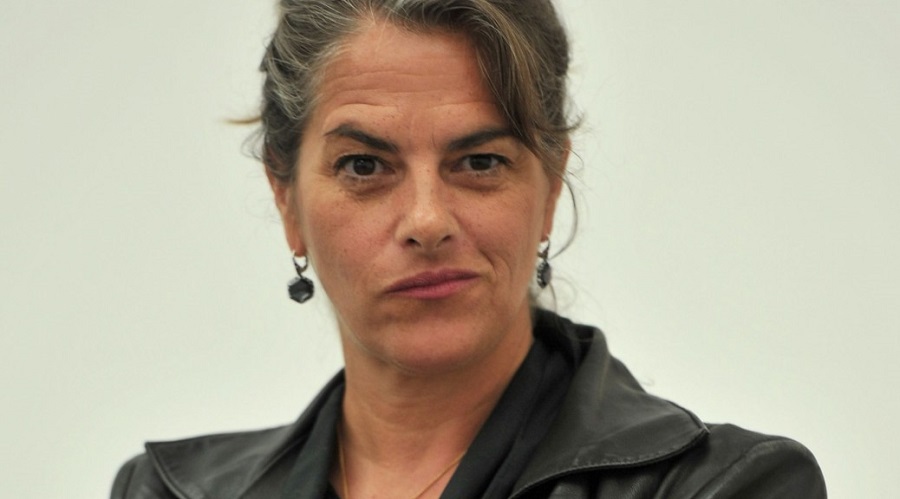
Tracey Emin in 2014 (Image available at www.highlandradio.com)
For this reason, Emin's artistic output cannot be fully understood without reference to her life and this is not to state the obvious just for the sake of it. With a painfully complicated childhood and adolescence (raped at thirteen, incest, abortions, anorexia, alcoholism, poverty, social rejection, …), the artist here reveals her recurring episodes of suffering, humiliation and trauma with brutal and unchecked frankness. She uses artistic creation to recreate her own memories. It's almost akin to therapy, aiding her recovery from certain periods in her life, all of which were marked by searing pain and resentment. Tracey Emin is a survivor of her own adolescent meltdown. Sex, drug abuse and hangovers were her environment while art was a private, stable place away from all of that. So the clarity with which she expresses herself in her memoirs is a visceral nudity of no little discomfort: “I'm alcoholic, neurotic, psychotic, a whinging loser obsessed with myself but I'm an artist."
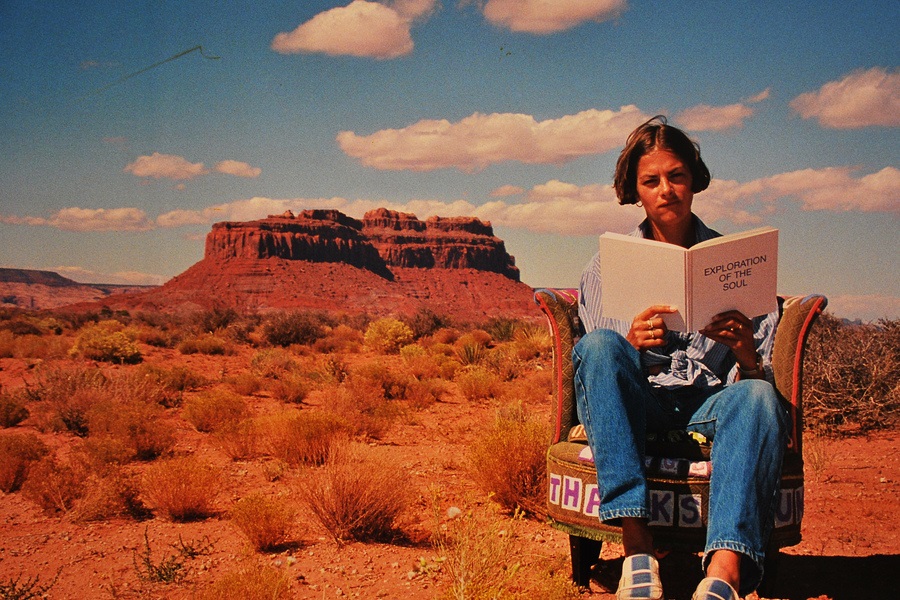
"Monument Valley" (1995-97) (Image available at proyectoidis.org/tracey-emin/)
Beyond the autobiographical rawness of Strangeland, however, her artistic consolidation over the last few years allows for a more integral, subtle stocktaking of her contribution to contemporary art history. Emin belongs to that tradition of artists initiated by Dadaists such as Duchamp, through the dreamy, autobiographical oneirism of Frida Kahlo, the darkest manifestations of expressionism by Egon Schiele and Edvard Munch or the pop art of Robert Rauschemberg and as recent as the conceptual exhibitionism of Sophie Calle.
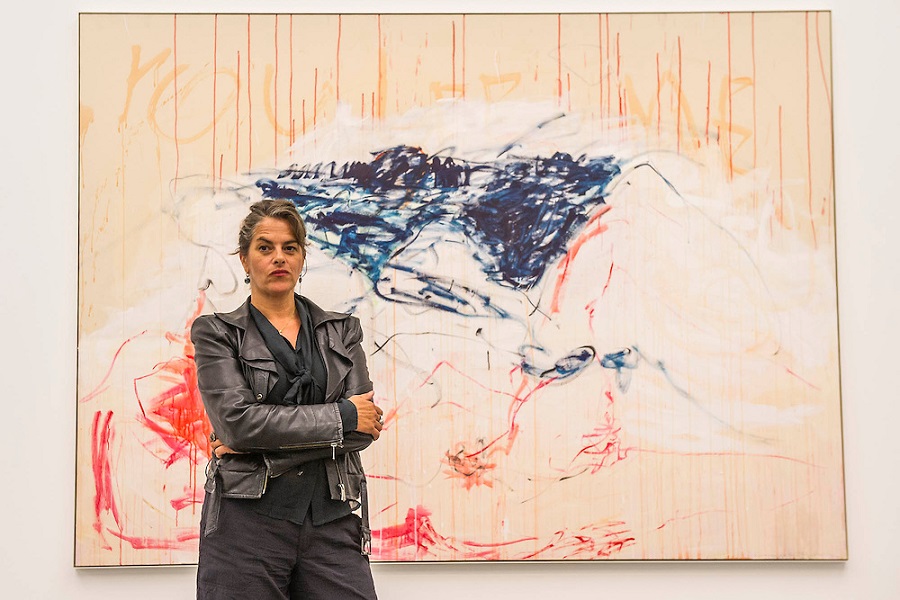
"The last great adventure is you" (Image available at gbphotos.photoshelter.com)
During the 80's, Emin studied fine art at London's Royal College of Art, a period from which very little work remains as she herself destroyed it. It was here that she became part of the so-called Young British Artists (YBAs), alongside Damien Hirst, Mark Ofili, Sarah Lucas, Marcus Harvey and the Chapman brothers, who began exhibiting at the start of the 90's with Charles Saatchi as their patron, a gallery owner and advertising executive with a keen eye for promotion and cultural marketing.
The recurring nature of Emin's excesses became the narrative of her work in those early days of celebrity: drawings, photography, patchwork, videos, installations ... Her entire output reflected the impact of her memories, as in the early performance piece at a Stockholm gallery: Exorcism of the last painting I ever made (1996). Here, fully naked, she painted walls and pictures with autobiographical themes, and thereby unlocked a longterm emotional blockage - that of her two abortions - whilst at the same time and from a clearly feminist standpoint, criticising so-called “women’s work” by the flaunting of her own flesh, sexuality and corporality.
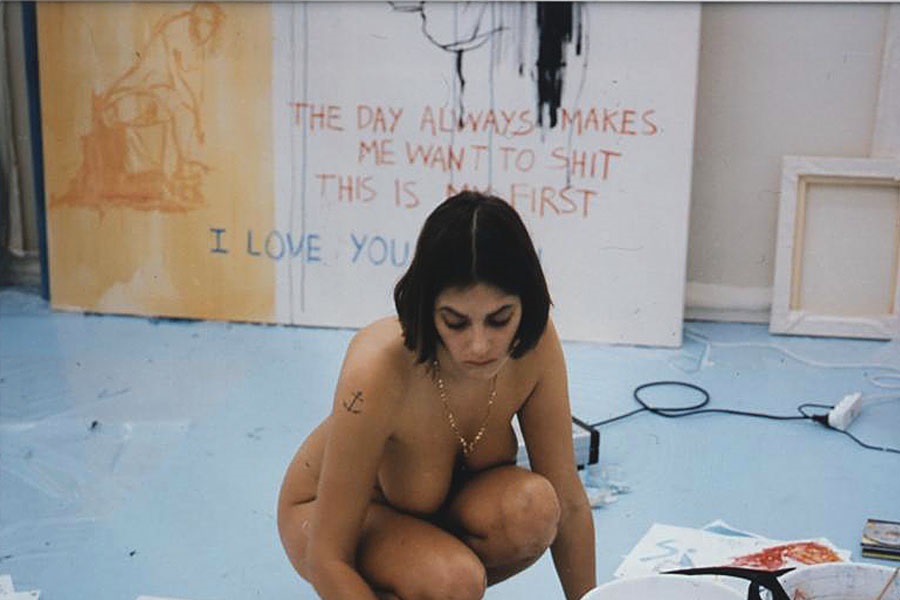
"Exorcism of the last painting I ever made" (Image available at www.dazeddigital.com)
Of course, the seminal symbol of those excesses was My bed (1998), the work that got her shortlisted for the Turner Prize and is arguably her best known piece and the most controversial one of her career. The fact that it was bought at auction in 2014 for £2,200,000 by a German collector only confirms the ironic transformative power of our perception concerning the most provocative of art. To paraphrase the well-known proverb, 'sometimes when you don't make your bed, you don't have to lie in it'. Because it's on loan to and on permanent exhibition at the Tate Gallery in London!

"My bed" (Image available at www.huckmagazine.com)
The piece consists of her own unmade bed, the sheets stained with bodily fluids and the surrounding floor littered with rubbish such as condoms, empty cigarette packets, bottles of alcohol, newspaper cuttings, knickers soiled with menstrual blood and other assorted domestic debris. The sexual promiscuity along with the alcohol and drug abuse, that played a major part in Emin's life at that point, made the devastatingly intimate scene a spectacle and a display of her confessional art, to which the viewer became an involuntary voyeur. My bed could be considered, although not without a certain provocation, an organic self-portrait by the artist, an exploration of herself from a place of collapse and emotional crisis. Pure, unadulterated reference-to-self. Or, in her own words: “the absolute disaster and decadence of my life”.

"My bed" (Photograpy by Niklas Halle'n)
In the same vein is Everyone I Have Ever Slept With 1963-95, a tent adorned with their names, including sexual partners, relatives she shared a bed with in childhood, her twin brother and her two terminated pregnancies. The crude depiction of those memories is then not only a written roll-call of her lovers and loved-ones, in a kind of womb-bedroom, it's also defending, and this as a powerful message, the role reversal implicit in a more self-conscious and aggressive female sexuality, a woman who "womanizes". Perhaps it was this feeling of discomfiture that made a visiting journalist exclaim: “But she's even slept with the curator!"
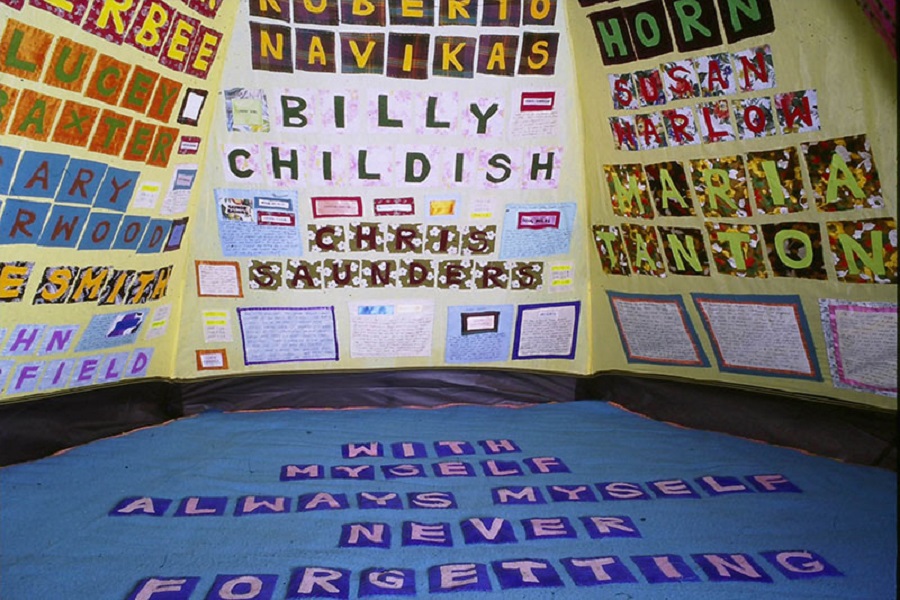
"Everyone I Have Ever Slept With 1963-95" (Image available at www.christies.com)
The evolution of Emin's work has also been characterised by a transition towards other fields of experimentation. The early photography and painting exhibitions, for instance the delicate watercolours of Berlin The Last Week in April 1998, the performances and installations of her most wild-child time, when she even dared to appear drunk on primetime television, started to show, from 2000 onwards, her artistic debt to Schiele. Immortalised in the sinuous limbs and exposed vulvas of The Purple Virgins, shown at the 2007 Biennial, a clear line can be traced back to him which continued in later erotic-leaning works such as the Suffer Love series (2009). It was, therefore, not at all surprising when in 2007 she was awarded the chair of Professor of Drawing at the prestigious Royal Academy of Arts, where she has also curated some summer exhibitions.

"Suffer Love I" (Photography by Stephen White/EFE)
Artistic recognition and critical acclaim have gone hand in hand with huge media interest in her public sculpture and montages. While it's true that she had already explored the genre before, her own face in Death Masks (2002) for instance, it was now that her sculptures had their full impact. When she designed a mast for outside Liverpool Cathedral, 4 meters high, bronze-plated, crowned with an emblematic Liver Bird in hommage to the city, she sealed an alliance not only with the BBC, who had commissioned it, but also, in a way, with the English establishment itself.
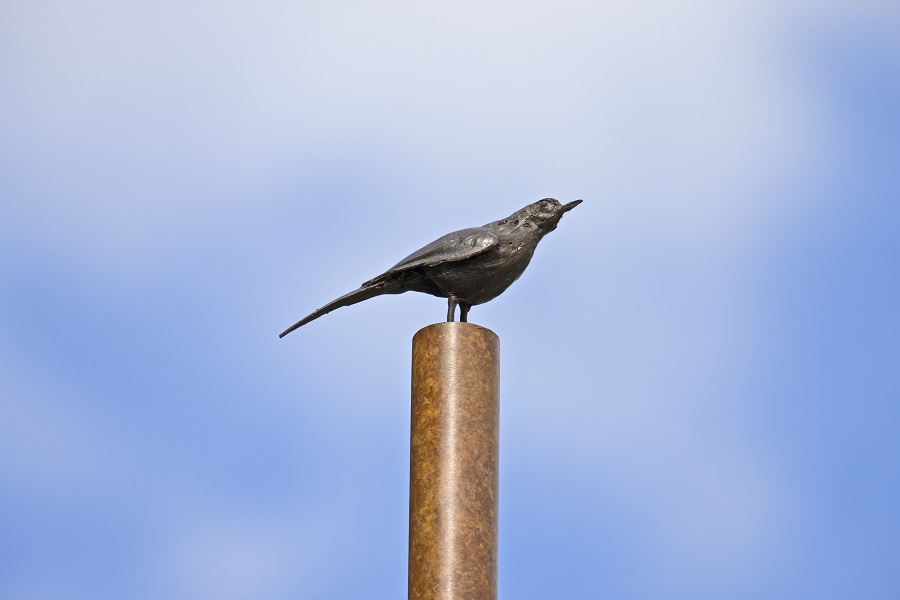
"Liver Bird" (Image available at www.traceyeminstudio.com)
When, a few years later, she returned to install one of her neon messages above the cathedral's main doors, she only ratified that position. Neon, traditionally a publicity tool of language to attract our attention and sell us something, manages to break free from that association through the intimate nature of its content: I Felt You And I Knew You Loved Me. Few times, if ever, has a church been quite so daring.

"I felt you and I knew you loved me" (Image available at mathi.eu)
In any case, bronze as well as wood have played a major role over the last decade. From It's not the way I want to die (2005) and Tower (2007), through the delicate sculptures (shoes, teddy bears, children's socks) scattered throughout Kent in 2008 and of undeniable social import, up to the most recent The Last Great Adventure is You (2014), to name but a few.
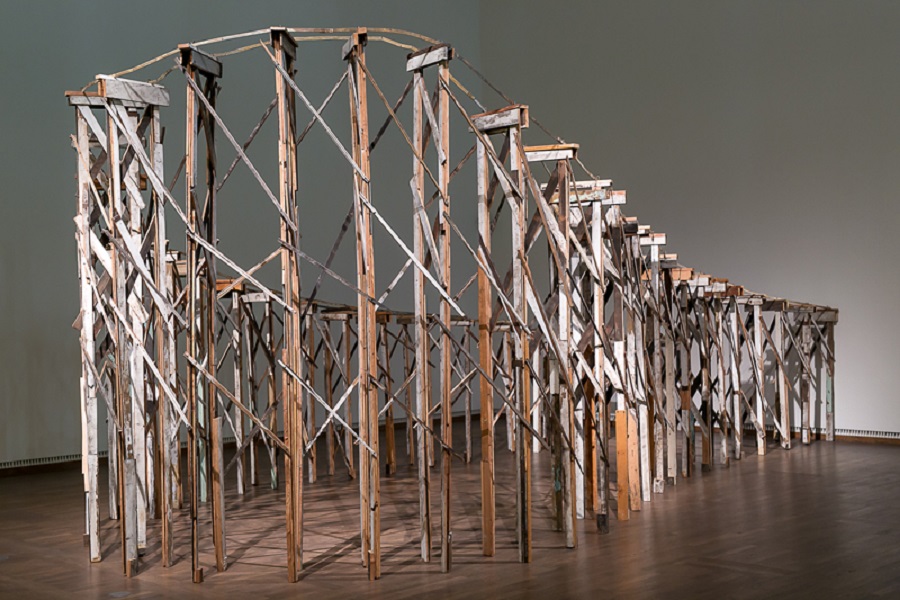
"It's not the way I want to die" (Image available at www.traceyeminstudio.com)
The validity of Emin's work remains undeniable, the theory she produces considerable. Remember that it was Emin and her radical feminist consciousness who, before the "selfie" era and the social media explosion, was first to expose such intimacy and vulnerable sexuality. She gave visibility to loneliness, sentimental failure and the alienation of success. Emin is an enfant terrible who made it into the Hall Of Fame of the most acclaimed (millionaire) artists of today, much to the detriment of British political correctness.
(Translated from the Spanish by Shauna Devlin)

"Welcome Always" (2008)

Tracey Emin at the CAC in Malaga (Photography by Jesús Dominguez /EFE)
Tracey Emin: What do artists do all day (in English)
- Zaha Hadid. Biografía, Obras y Exposiciones - - Página principal: Alejandra de Argos -
- Details
- Written by Clelia
Banksy is the pseudonym of the most high-profile graffiti painter in contemporary Street Art. Although there are no concrete biographical facts to go by, it is believed he was born in the outskirts of Bristol in 1974, later moving into the city where he spent his adolescence. A recent study by Queen Mary University in London identified the artist as Robin Gunningham and confirmed he grew up in Bristol. According to the illustrator and graphic designer Tristan Manco, one of the most ardent researchers into urban art, the controversial Banksy was an apprentice butcher before getting into graffiti during the 80's "aerosol boom". In the 90's, he was a gang member of Bristol’s DryBreadZ crew, aka DBZ, at which time his fame began to spread like wildfire, mainly due to his tit-for-tat overpainting war with the top graffiti artist of the day, King Robbo.
Banksy is the pseudonym of the most high-profile graffiti painter in contemporary Street Art. Although there are no concrete biographical facts to go by, it is believed he was born in the outskirts of Bristol in 1974, later moving into the city where he spent his adolescence. A recent study by Queen Mary University in London identified the artist as Robin Gunningham and confirmed he grew up in Bristol.
According to the illustrator and graphic designer Tristan Manco, one of the most ardent researchers into urban art, the controversial Banksy was an apprentice butcher before getting into graffiti during the 80's "aerosol boom". In the 90's, he was a gang member of Bristol’s DryBreadZ crew, aka DBZ, at which time his fame began to spread like wildfire, mainly due to his tit-for-tat overpainting war with the top graffiti artist of the day, King Robbo, whose work along Regent's Canal in Camden Banksy took the liberty of "revamping" repeatedly until, on learning of the late Robbo's comatose condition, he put an end to their feud and paid his rival a series of heartfelt tributes.
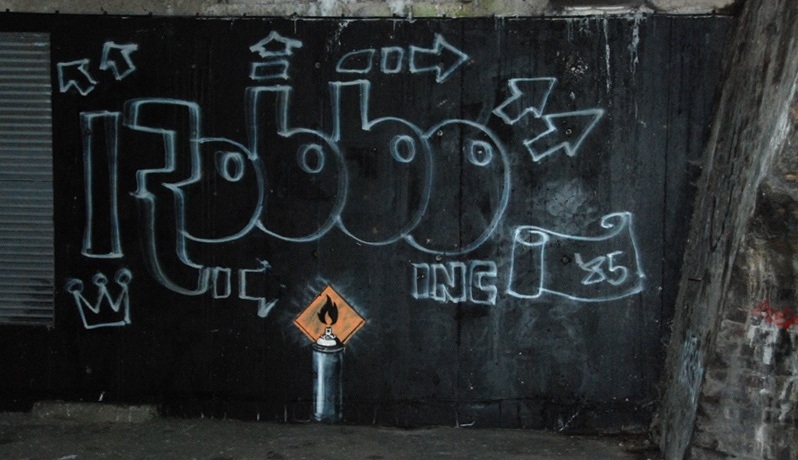
Robbo inc, availible at streetartlondon.co.uk
On the 12th of July 2008, the Mail on Sunday announced it had discovered his real identity, revealing his name as Robin Gunningham, which the actual Mr Gunningham has always denied when questioned. According to other sources, his real name might be Robert Banks or Robin Banks although the latter would appear to be a play on the words "robbing banks".
Whatever the case may be, mystery still surrounds him. According to Will Simpson, secretary of the Bristol Easton Cowboys and Cowgirls football club, the artist accompanied them on a 2001 tour of Mexico in which he played matches against the Zapatista Liberty Fighters. There exist photographs of him painting a wall mural in honour of their cause, his pixelated face well-hidden under a handkerchief and no other discernible clues to his identity whatsoever. Those photos were published in the book 'Freedom Through Football: The Story Of The Easton Cowboys & Cowgirls'.
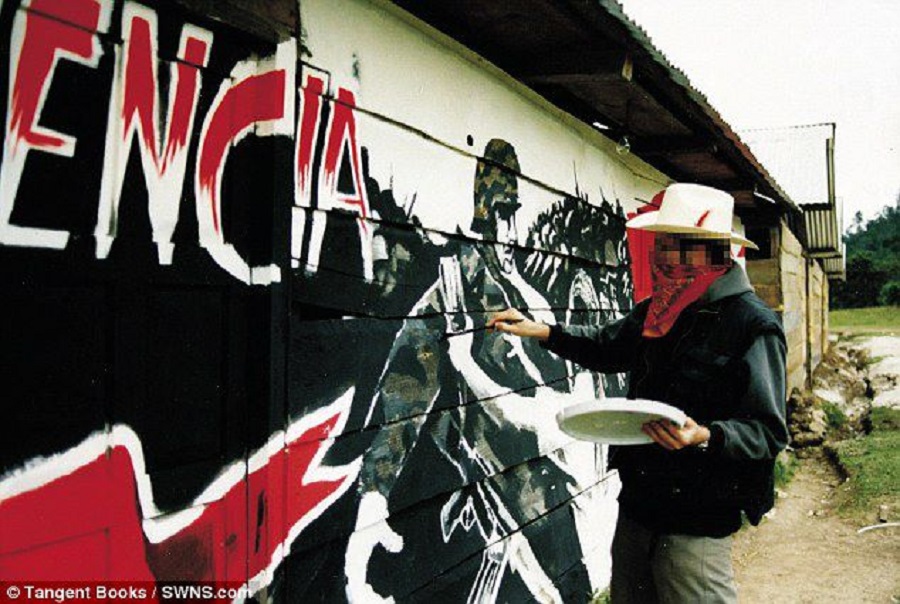
Banksy painting a mural in Mexico, availible at www.12ozprophet.com
In his book 'Wall And Street', Banksy remembers his early days as a street artist spraying the paint directly onto the wall. This technique required time, however, which posed a risk as graffiti was neither art nor legal at that time. He, therefore, began handcutting and using cardboard stencils and carspray to speed up the process and which had the added bonus of making his murals look far more 'accomplished'.
The term 'Street Art' encompasses all forms of artistic expression whose setting is outdoors, urban and, ostensibly, illegal. At the start, these paintings or texts left on walls, buildings and train carriages were given the name graffiti. Their origins can be traced back to the Afro-American and Latino ghettos of 60's New York as a reaction to the conditions and oppression they were living in. The earliest graffiti artists shared cultural tastes in music, dance and fashion and it was here that hip-hop was born. Later on, more artistic techniques came to be used, namely stencilling, wheat-pasted poster art, templates, installations, sculpture and sticker art.
The messages implicit therein were invariably politically or socially critical, as are Banksy's: "A wall is a very large weapon. It's one of the most unpleasant things you can hit someone with."
Few images illustrate this idea better than his "Maid In London" mural where a uniformed maid sweeps rubbish behind a wall as if to say: what we don't want to see, we hide from view.
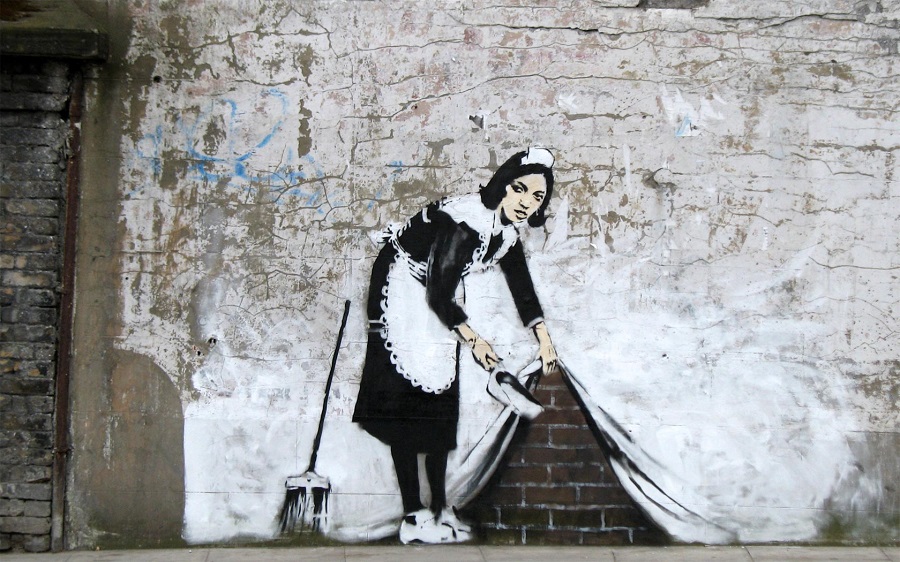
Maid in London, availible at academics.skidmore.edu
Banksy began by painting rats all over the streets of Bristol which served as his instrument of ridicule against 'The System'. Influenced by, among others, the punk band Crass and the Ad Jammers movement which focused on deforming and transforming publicity images and thereby their message, Banksy's work has always sought out a social or moral criticism, in the guise of irony or satire, in the form of writing, stencilling or graffiti.
But if anyone was ever Banksy's inspiration or influence, it was Blek le Rat, a prolific Parisian graffiti artist of the early 80's. It was from him that he copied the stencil and aerosol technique as a means of expressing his criticisms and complaints: "Every time I think I've painted something vaguely original, I find out Blek already did it, better, 20 years earlier."
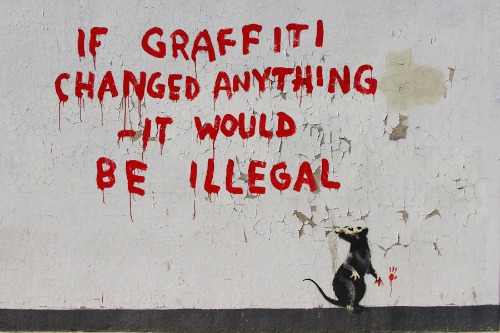
If graffiti changed anything – It would be illegal, availible at news.fitzrovia.org.uk
After those initial rat-taking-photos-of-passers-by or rat-listening-to-music graffitis came more work that continued to criticise social hypocrisies, only now they were also appearing on postboxes, doorways and drains. His 1988 "Naked" can still be seen on the façade of Park Street Clinic and it's not alone: a whole series of creations decorated first Bristol and then London, well-known examples being the two policemen kissing, the MonaLisa with bazuka rifle or the fleeing natives chased by a supermarket trolley.
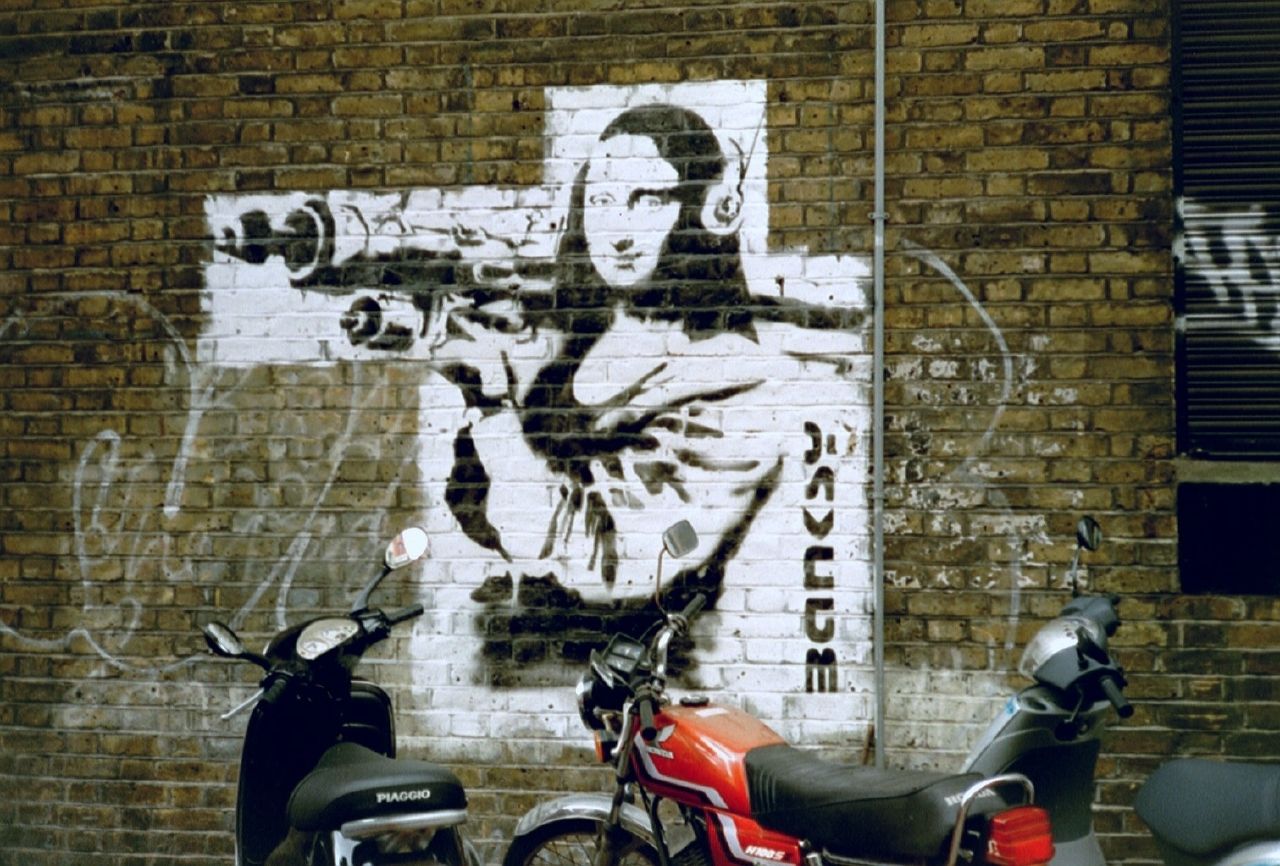
Mona Lisa With Bazooka Rocket, availible at nohaycomolodeuno.blogspot.com.es
By then, he was already collaborating with an agent, Steve Lazarides, a former photographer who had documented Banksy's first teenage forays into graffiti art and with whom he shared the running of his website where both of them added photographs of each and every new creation and thanks to which there is still a record of those that have since been erased, demolished or painted over. Lazarides confesses to having helped organise the infamous stunts which involved infiltrating the world's most famous museums and dislaying Banksy art clandestinely, as happened at London's Natural History Museum with a dissected rat pinned inside a frame. And that was not all. In the British Museum, for instance, they managed to hang an apparent landscape painting that on closer inspection revealed a hunt scene with a supermarket trolley. New York’s MOMA unwittingly displayed his portrait of a lady in period costume wearing a gasmask. "Art will be neither beauty nor novelty. It will be effective and it will be troubling," according to the artist.
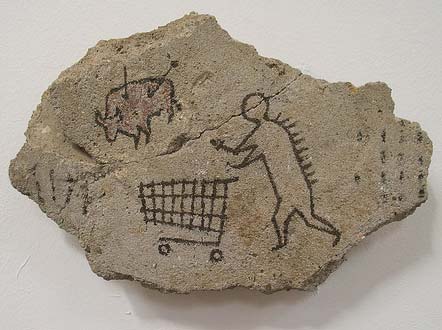
His work reached another level after being installed surreptitiously and viewed in four New York museums (the Metropolitan, Brooklyn, Natural History and Modern Art) and also when his street art started being seen across the world in other large cities like Melbourne and París. Come the year 2000, he decided to organise a solo exhibition and did so on the Severnshed, a floating restaurant, thereby distinguishing himself from all other street artists. Then, in 2003, came another exhibition, this time in London while later, in 2005 and 2007, two of the most important and striking creations of his career ~ the Gaza and West Bank murals.
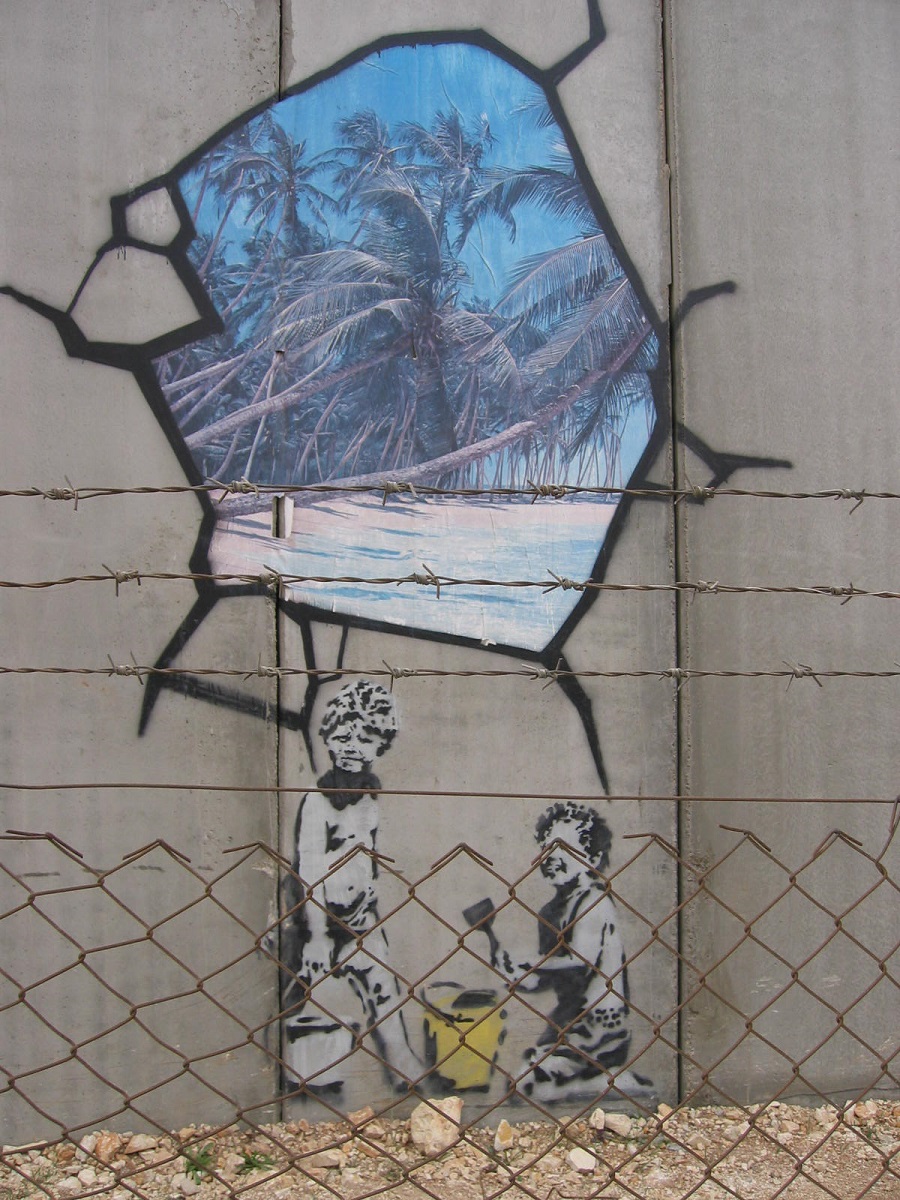
Banksy, availible at prospectornow.com
Banksy, who considered it "the world's largest open-air prison", covered the 'Wall Of Shame' on the West Bank with al fresco paintings that spelled out his opposition. Pictures of little girls clutching balloons in an attempt to escape, glimpses of blue sky and idyllic landscapes seen through holes and cracks are a cry for attention against its construction and existence. The repercussions were such that, even today, there is an alternative sightseeing tour to visit them.
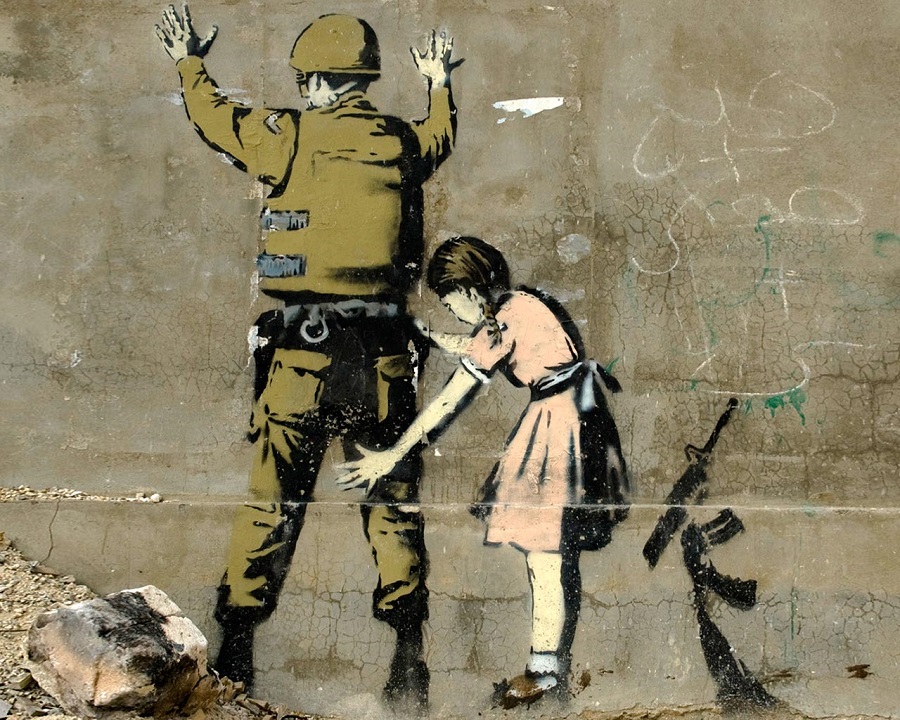
Girl and Soldier by Banksy, availible at http://www.stencilrevolution.com/
By this point, Banksy's works could be found all over the world, everywhere from Los Angeles to Barcelona. Amongst them, imitations of Miguelangelo's "David" wearing a bullet-proof vest and Van Gogh's "Sunflowers", completely withered. In 2006 he painted an emaciated, malnourished black child wearing that crown associated with a very well-known fast-food chain.
One successful show that stands out is his 'Banksy Versus Bristol Museum' in 2009 which involved closing the building to the public for three days while secret, large-scale preparations were made. The irony of this all being financed by those who had previously censored him was not lost on Banksy who remarked: "This is the first exhibition I've ever held where the donors' money has been used to display my work rather than erase it."
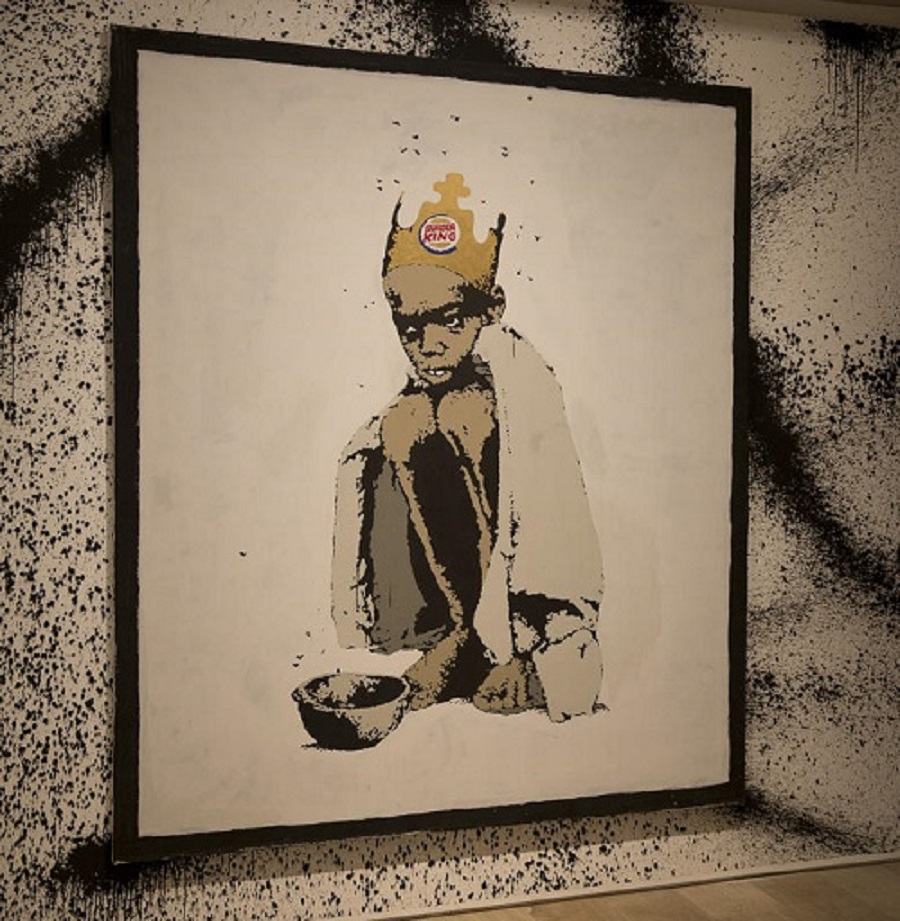
Availible at www.plataformadeartecontemporaneo.com
One of the main bones of contention between his followers and detractors is the extortionate price paid for some of his work. For such an anti-establishment and stern critic of capitalism, it seems to some rather ironic that his works are amongst the most expensive on the market. For this reason, some street artists accuse him of having "sold out" to the powers that be. Banksy, who once said that "Commercial success is a disaster for graffiti artists", saw his set of portraits of Kate Moss in the style of Warhol's "Marilyn Monroe" sell for $80,000 at Sothesby's in 2006. And then again in April 2007, his "Space Girl & Bird" (spray paint on steel) sold for half a million dollars. A few months later, Bonham's sold ten of his works for a total of half a million pounds sterling (€700,000). And the bids show no sign of stopping there. Nevertheless, in 2013, Banksy decided to open a pop-up street stall near Central Park selling original, signed canvasses for $60 each. Oddly, only eight of them were ever bought.
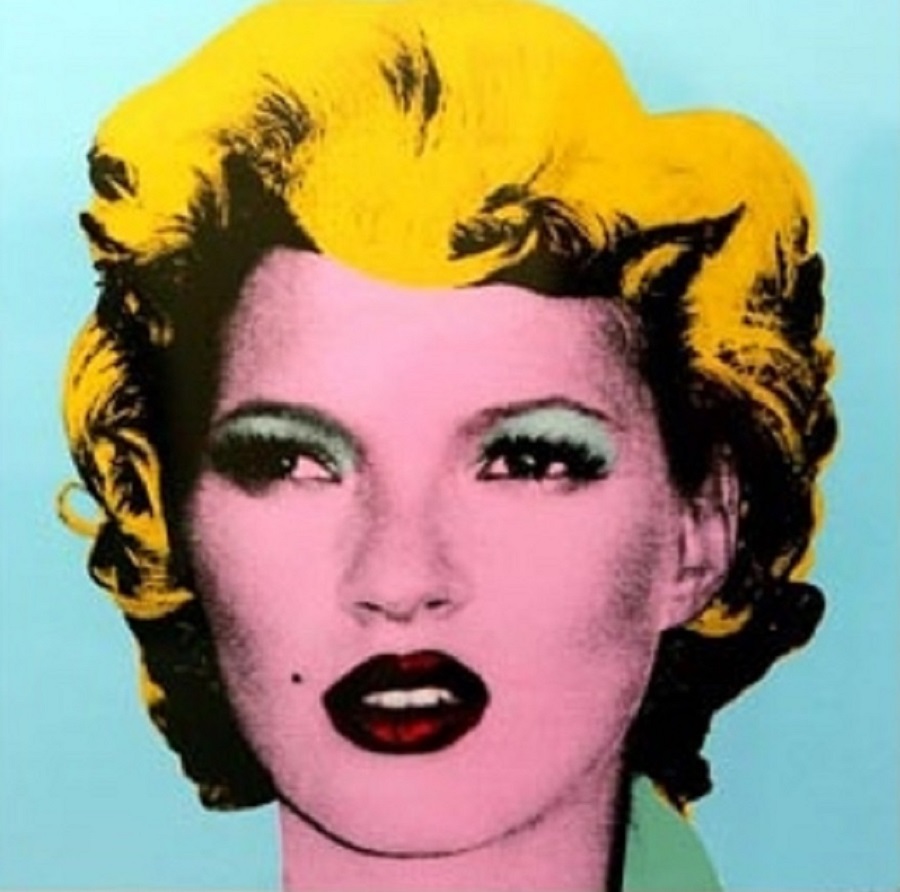
Kate Moss, availible at www.banksy-prints.com
During his New York tour that same year, Banksy carried out an illegal exhibition called "Better Out Than In" whereby he created a different artwork every day somewhere on the city streets. He tweeted: "Looking forward to getting my hands dirty tonight!" And he most certainly did, using graffiti, sculpture and even video to get his characteristically sarcastic humour across.
Never far from controversy, there are many who have denigrated his work: some calling it vandalism; others pure hypocrisy for criticising capitalism whilst working for large corporations like Puma and MTV. For others, take for example Gareth Williams, head of Urban Art at Bonham's in London: "The most incredible thing about the Banksy phenomenon is not his meteoric rise, nor the high prices collectors pay, but the fact that the very establishment he satirises has welcomed him with open arms."
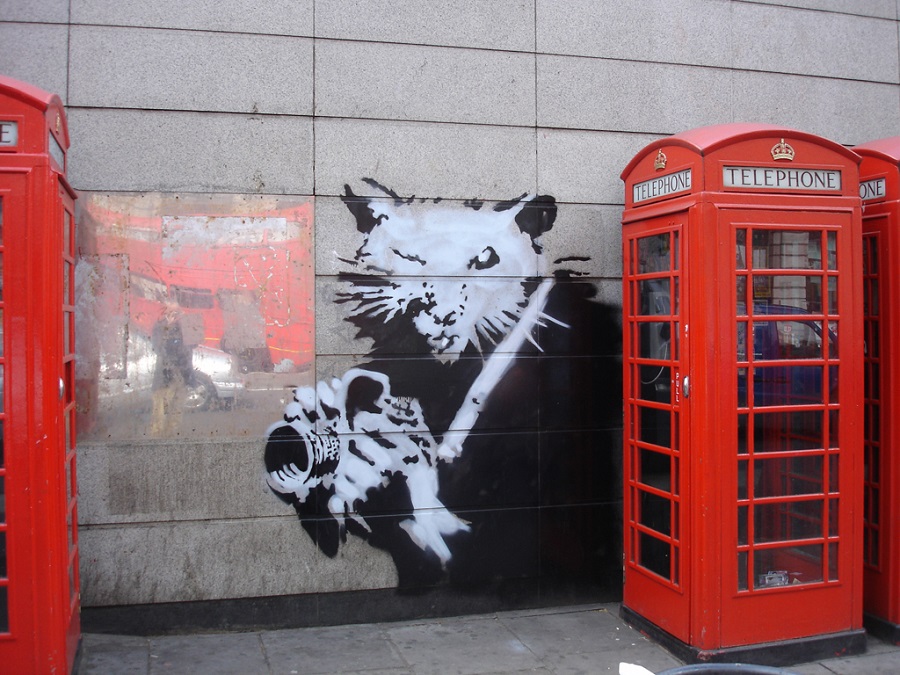
Rat Photographer,availible at www.whatsonyourwall.com
And so to the controversy surrounding his 2010 documentary entitled "Exit Through The Gift Shop". Many were hoping for all to be revealed about their mysterious artist but hoping was as far as they got. The documentary was nominated for an Oscar, as well as an Independent Spirit Award and a BAFTA, and got excellent newspaper reviews in the Los Angeles Times and the Chicago Sun Times to name but two. In it, Banksy introduces us to Thierry Guetta, a French man living in Los Angeles, whose unique obsession is filming the artist on video. The two meet and Banksy decides to turn the camera instead on Guetta, persuading him to infiltrate the Urban Art world with the alias Mr. Brainwash and turning him into a celebrity in his own right.
Clips from "Exit Through The Gift Shop" (Thierry, Banksy: Can marketing create an artist?)
And this is where the controversy took off. Is what the documentary says about Mr. Brainwash fact or fiction? Is he an actor or for real? For many, it was just an elaborate montage of Banksy's to show what has become of street art, namely just another consumer product, an investment opportunity seized upon by the upper classes and Thierry Guetta or Mr. Brainwash was nothing other than the alter-ego of Banksy himself. And to thicken the plot further, the artist Ron English confirmed that Thierry Guetta was totally real and that Banksy himself had explained in conversation his motives for making the film ~ to ridicule Guetta for his egoism in refusing to share hundreds of hours worth of filming the artist in action.
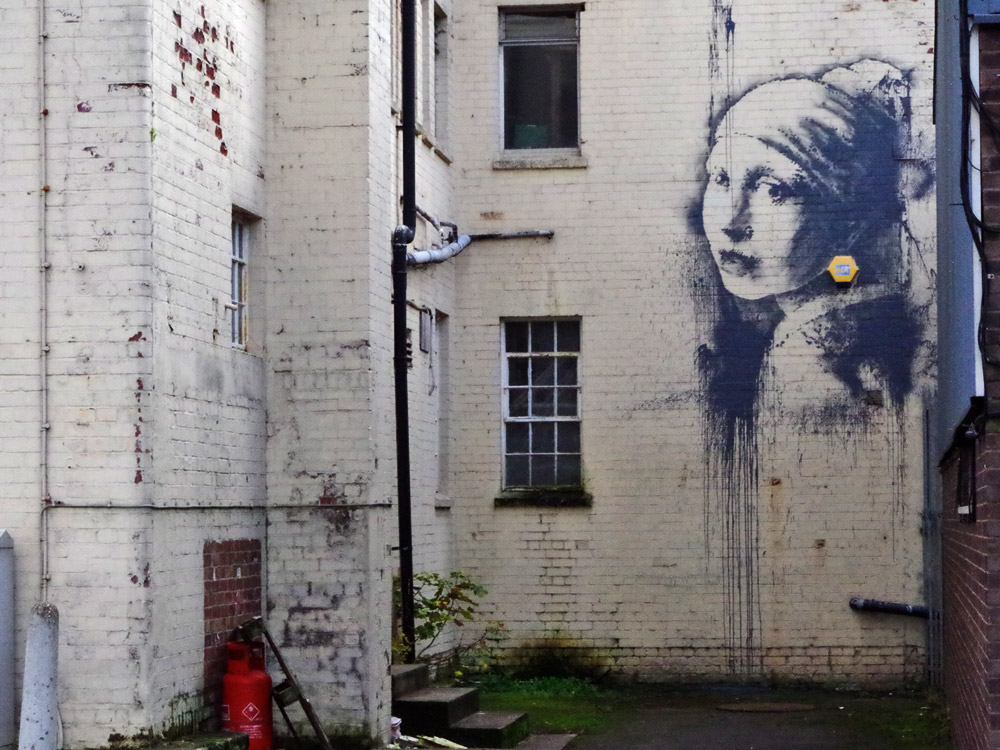
Girl with a pierced Eardrum found at Banksy.co.uk
In October 2014, Banksy created a new graffiti 'portrait' of "Girl With A Pierced Eardrum", a parody of Vermeer's" Girl with a Pearl Earring" in which he exchanged the jewel for a security alarm on the front wall of a recording studio in Hanover Place, Bristol. The work got a lot of media attention, especially because it was done back in the artist’s hometown and shortly after the rumours of his alleged arrest started to circulate. 24 hours later, however, the work was ruined by black paint in a clear act of vandalism and antagonism towards its author. And nor was this the first, last or only time Banksy's work would be damaged: his "Art Buff" in Kent, for one instance, was vandalised with a crude penis. Due to the prominence he has achieved over the last few years, however, some of his public artworks are now protected behind sheets of clear perspex, allowing them to be protected or restored more easily.
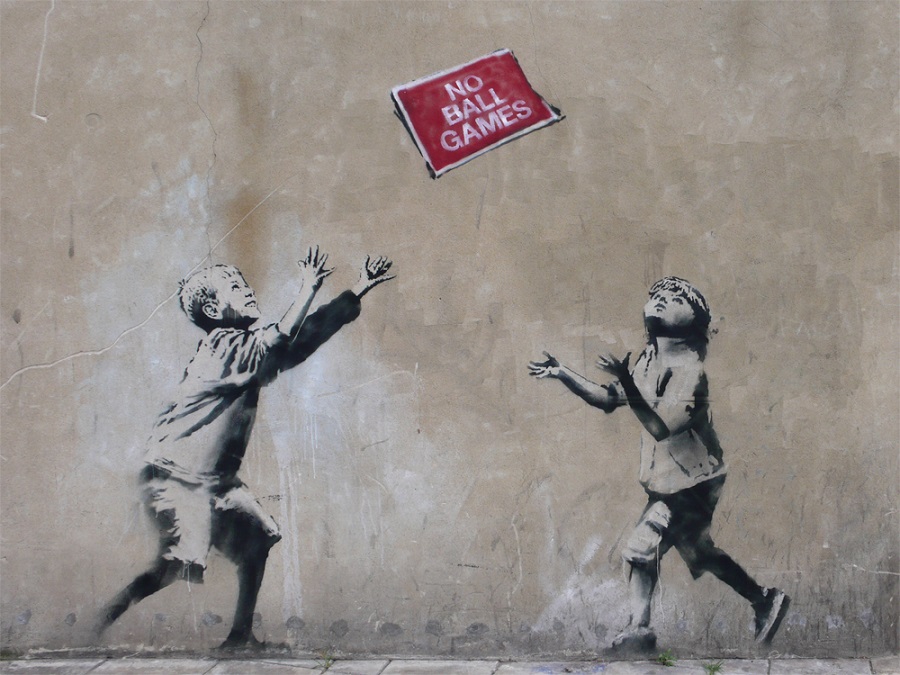
One of Banksy's murals before being cut into 3 pieces and moved to an exhibition. Found at banksy.co.uk
One of the most recent exhibitions on the artist, set up by The Sincura Group under the title "The Stealing Banksy", took place in London in 2014, exhibiting 7 street artworks that were then to be auctioned afterwards. Not for the first time, Banksy vociferously rejected the whole project despite the organisers assuring him of the building owners' consent. He is quoted as calling it "simply disgusting that anyone can take art off walls without permission."
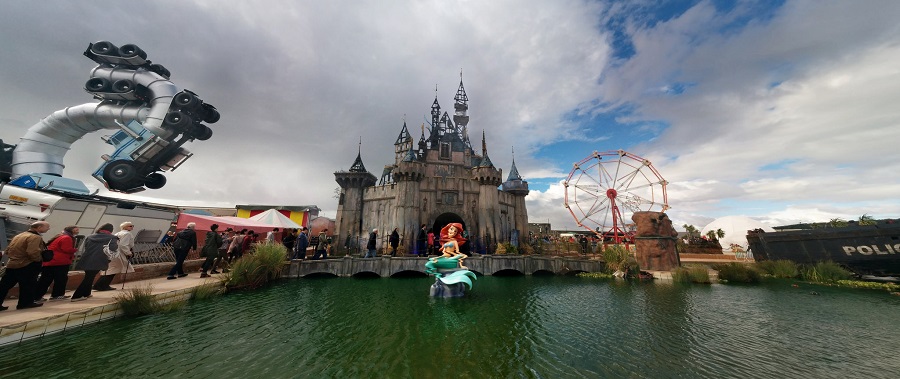
Banksy's Dismaland. Published in Flickr by Peter Gasston
In August 2015, Banksy inaugurated the temporary, theme-park-styled installation "Dismaland" in collaboration with 58 other artists. When this closed its doors, the construction team moved what they dismantled to a refugee camp in Calais and built various housing units and a playground funfair for refugee families. After the recent, forced evacuation of the camp, the official Dismaland website (http://www.dismaland.co.uk/) says simply: "Dismaland Calais has now closed".
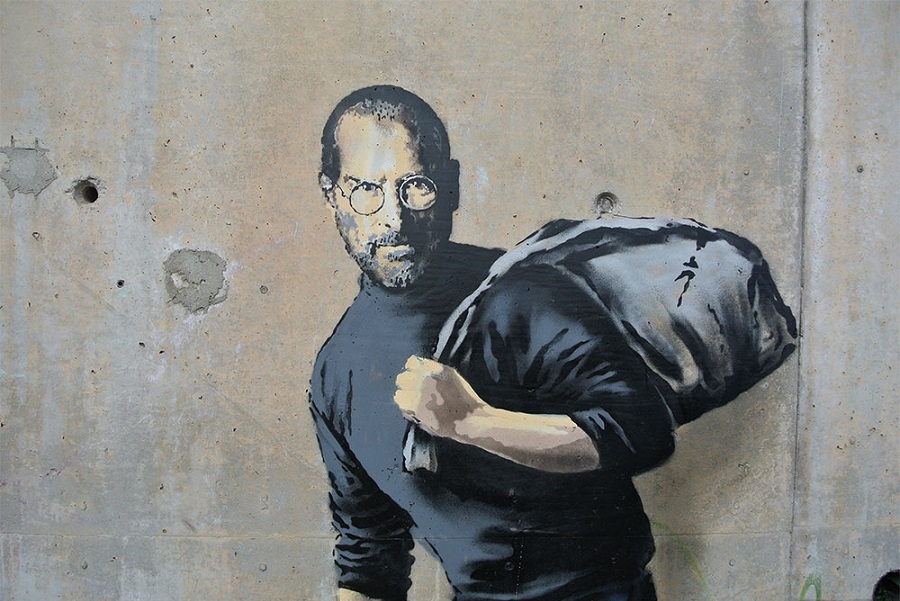
Son Of A Syrian Immigrant. Found at Banksy.co.uk
That December, a new Banksy painting entitled "The Son of a Syrian Immigrant" appeared on a camp wall, picturing the late billionaire Apple founder Steve Jobs with a bag of belongings slung over his shoulder. It is a clear attack on the conditions endured by Syrian migrants in the infamous "Jungle” camp at the French port.
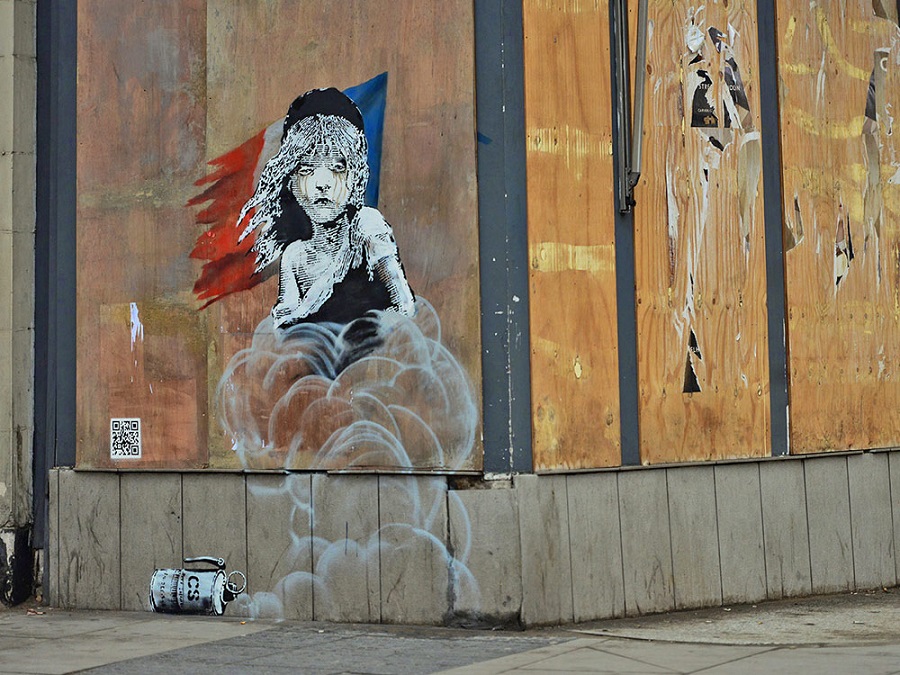
Found at banksy.co.uk
His criticism of the situation continued into January of this year when his first interactive artwork appeared. On a wooden board placed outside the French Embassy in Knightsbridge, he painted Cosette, the little girl from the "Les Misérables" poster, with a ripped French flag behind her, tears rolling down her cheeks and a billowing canister of teargas below. A scannable QR code at the bottom of the picture links to a Youtube video showing police firing teargas whilst raiding the camp in Calais, on 5th January 2016. Photos of the picture went viral and 42 hours later, thieves attempted to steal it which meant the Metropolitan police were forced to intervene and safeguard it.
In February, the portion of wall in question was completely covered over by Cheval Property Management Limited who own the land the building stands on. They confirmed this as a temporary measure, however, until such time as the "future plans for the work are decided".
From 13th January til 29th February 2016, Banksy's works were on show for the first time in Istambul in the exhibition "The Art of Banksy" with the patronage of the Turkish Ministry of Culture. The exhibition, coinciding with the inauguration of the Global Karaköy gallery, took a group of 80 experts almost a year to set up, taking it upon themselves to track down, requisition and catalogue the artist's last 15 years of work. "Banksy has done a huge amount of artwork, the majority of which has never been seen by many people. I've managed to get hold of it thanks to collectors who made a massive effort to reveal the pieces and their whereabouts," said Steve Lazarides, the exhibition's curator, who also confirmed it as the most extensive ever undertaken of the work of the elusive Banksy.
Visitors to the exhibition were able to enjoy it in singular fashion as it included detailed replicas of both the streets of London and Banksy's studio workshop, allowing them to access more closely and experience more vividly the context of the graffiti's creation and the poetic, critical and humorous energy of this mysterious and much-talked-about artist.
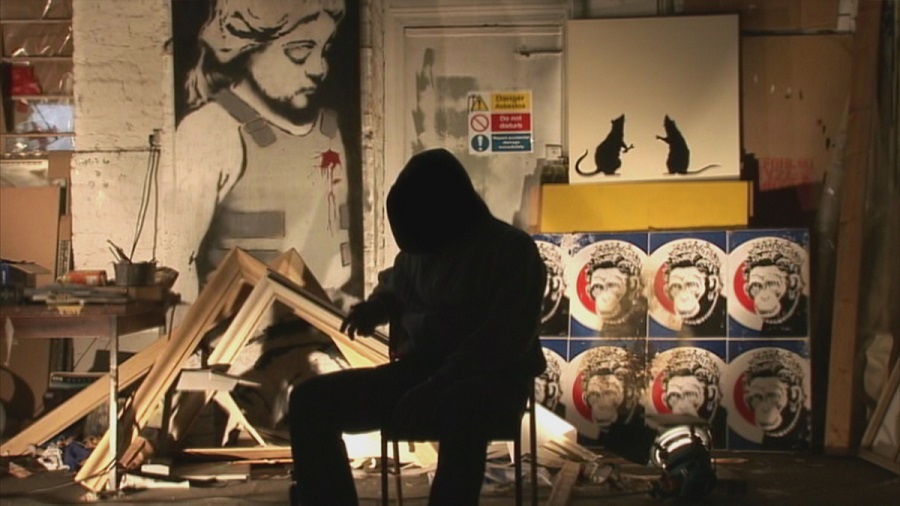
The artist in his studio
Whatever might or might not be going on around him, it's undeniable that Banksy is the most sought-after, controversial and admired artist in his field. He doesn't need publicity, nor does he seek approval because his creations speak for themselves and provoke reflection in those who view them. Too many of his pictures have disappeared, like, for instance, nearly all of those to do with the 2012 London Olympics. People have tried to thwart him by ruining his work, destroying and damaging it or stealing it to sell on at exhorbitant prices. Many others, however, find his work and words inspiring, aspire to follow in his footsteps and imitate his unmistakable style.
Banksy vs Bristol Museum
Picture Gallery: Banksy - Works, click on the photos to see them full sized
https://www.alejandradeargos.com/index.php/en/all-articles/35-artists?start=14#sigProGalleria6c503b98d4
(Translated from the Spanish by Shauna Devlin)
- Banksy: Biography, Works and Exhibitions - - Alejandra de Argos -
- Details
- Written by Clelia
The sculptor and painter Antoni Tàpies was born (Barcelona 1923) into a well-to-do Catalan publishing dynasty and it was here and how his love of reading started. Lung disease left him unable to continue his law studies but did allow him to exhibit circa 1940, in what turned out to be the start of a long artistic career, his earliest pieces which featured mainly graphic art. Due to the destruction wrought by the Second World War and the impact of the atomic bomb, he expressed, through innovative new techniques, his interest in dust, earth, matter and atoms, all elements that became intrinsic to his later textured paintings. Heavily influenced by Klee y Miró, his iconographic compositions increased to now include greater expressivity and communication using dense textures as well as some geometric elements.
The sculptor and painter Antoni Tàpies was born (Barcelona 1923) into a well-to-do Catalan publishing dynasty and it was here and how his love of reading started. Lung disease left him unable to continue his law studies but did allow him to exhibit circa 1940, in what turned out to be the start of a long artistic career, his earliest pieces which featured mainly graphic art. Due to the destruction wrought by the Second World War and the impact of the atomic bomb, he expressed, through innovative new techniques, his interest in dust, earth, matter and atoms, all elements that became intrinsic to his later textured paintings.
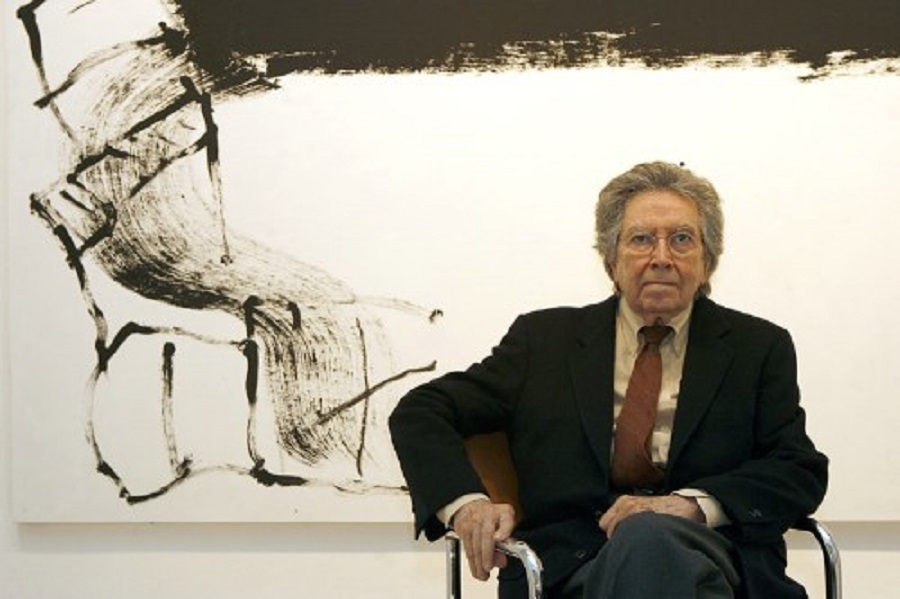
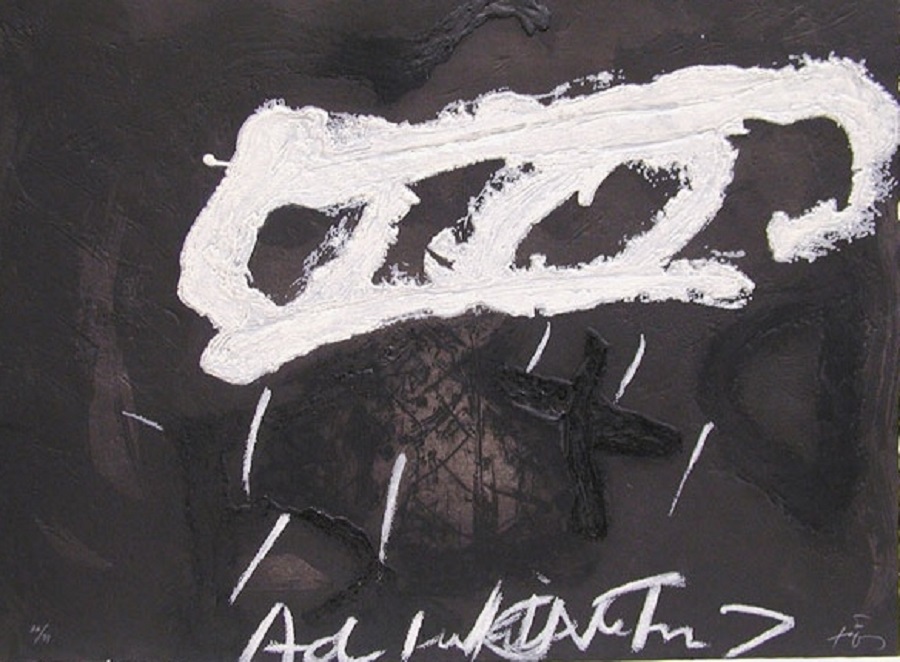
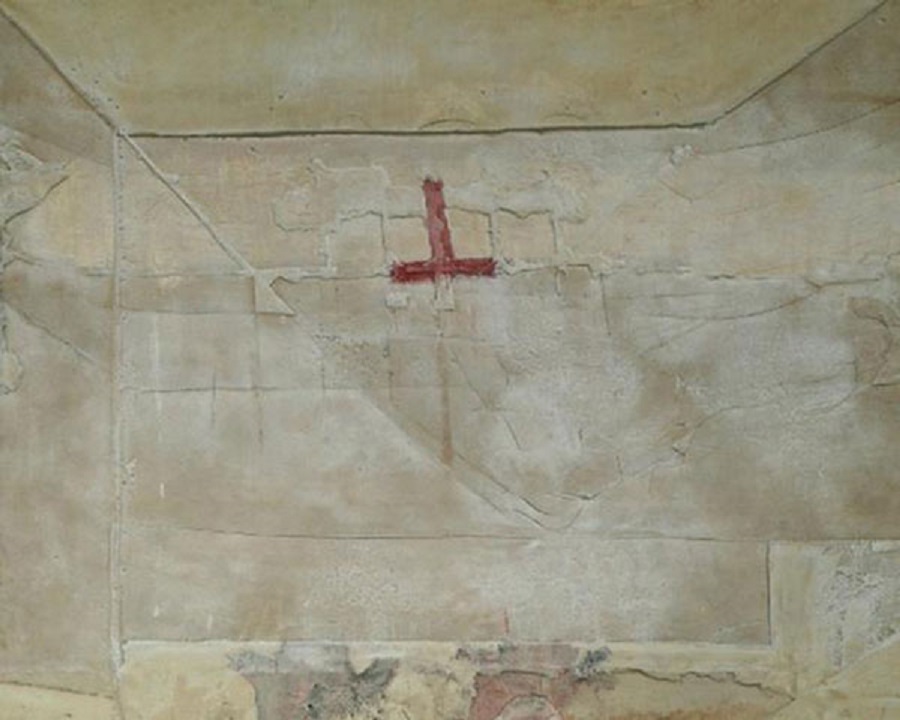
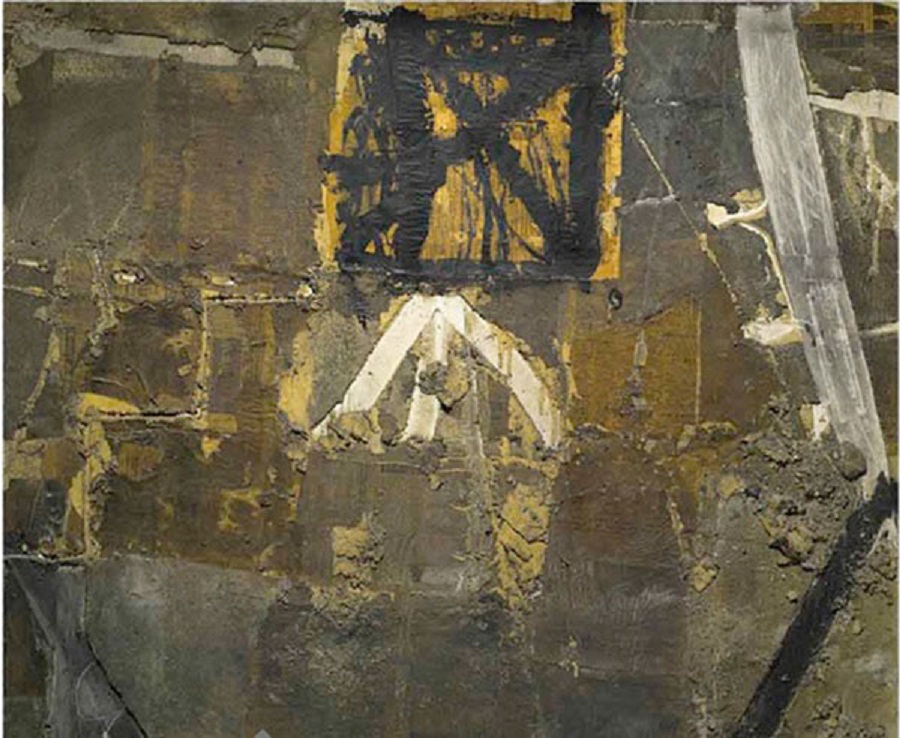
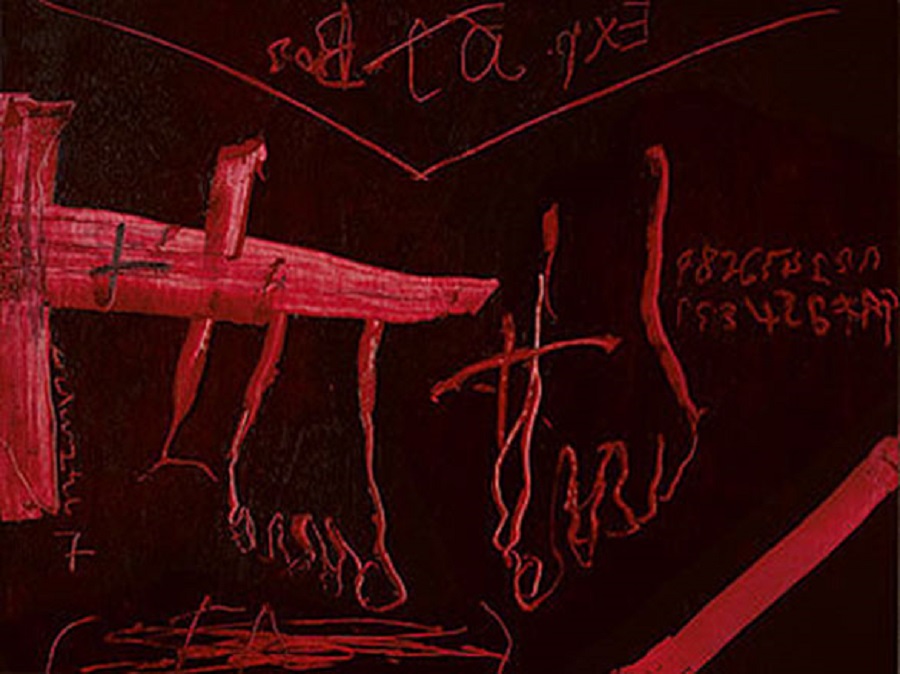
"Grattage Rojo" (Red grattage). Image available at www.tiempodehoy.com
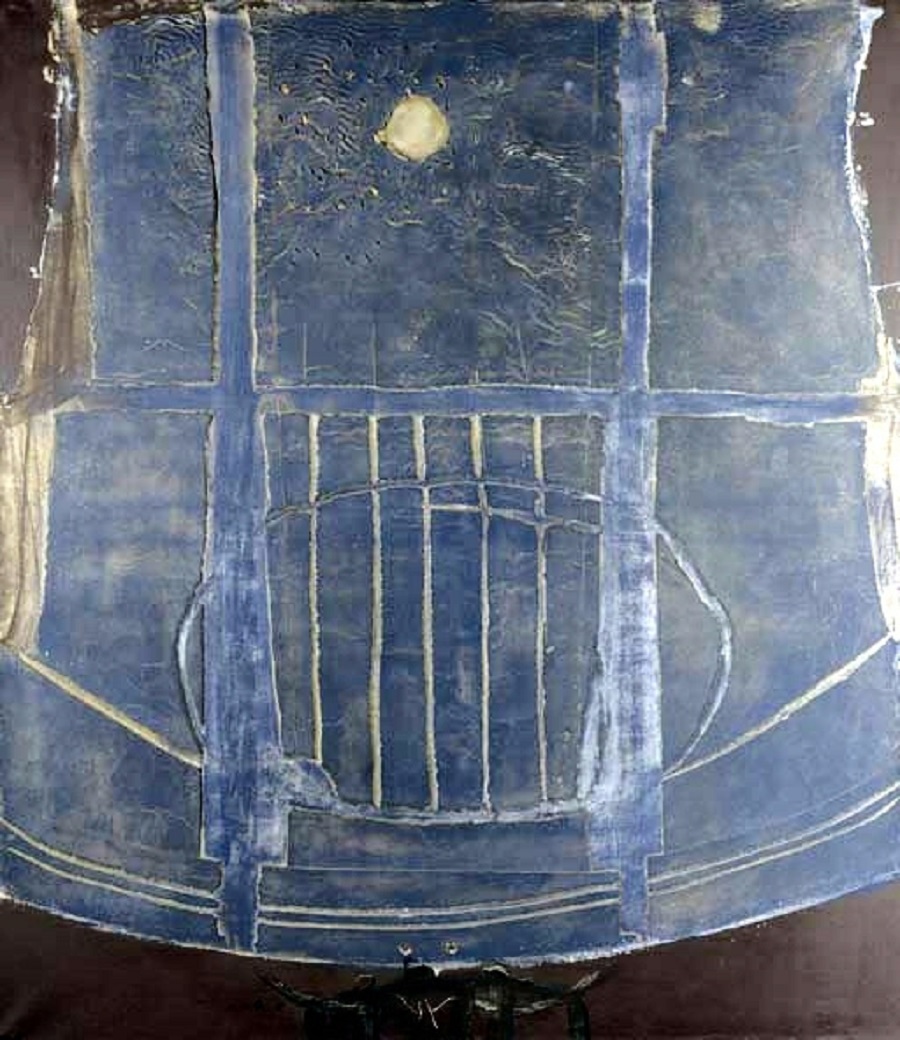
"Azul LXIX" (Blue LXIX). Image available at www.tiempodehoy.com
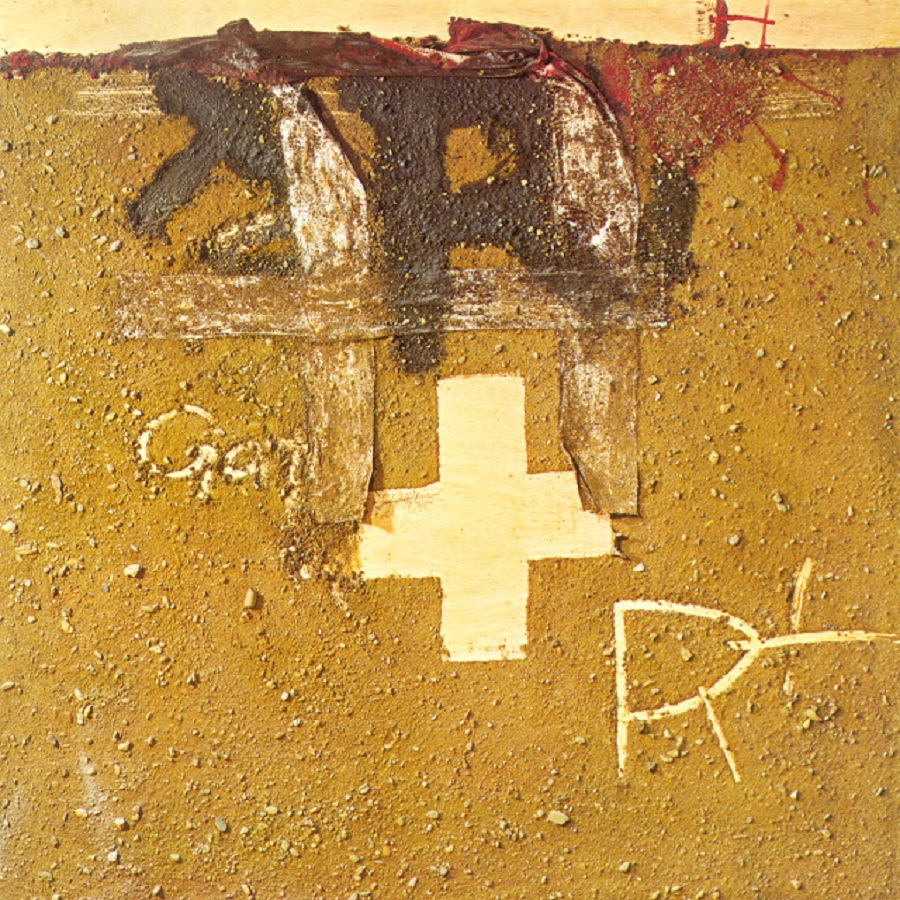
"Cruz y Tierra" (Cross and Soil). Image available at www.repro-arte.com
{youtube}K3pbV4GmDLA|600|450{/youtube}
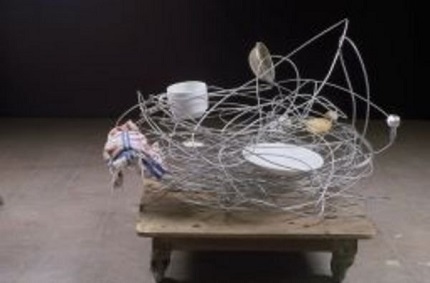
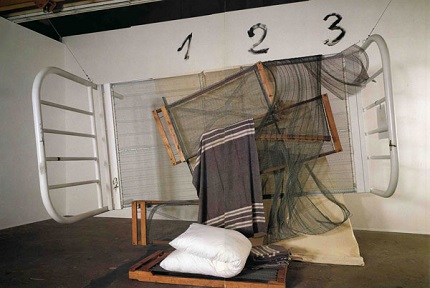
Image (right): Bed, available at www.tallerdecartasdeamor.wordpress.com
 Image: Antoni Tàpies, available at www.trianarts.com
Image: Antoni Tàpies, available at www.trianarts.com
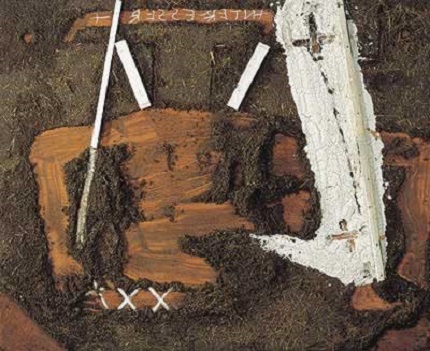
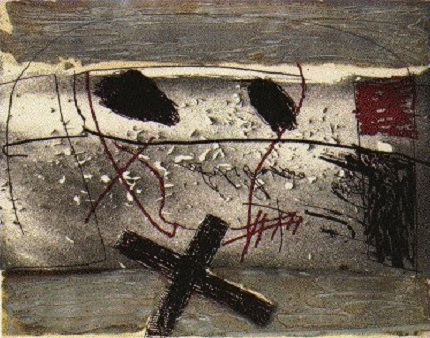
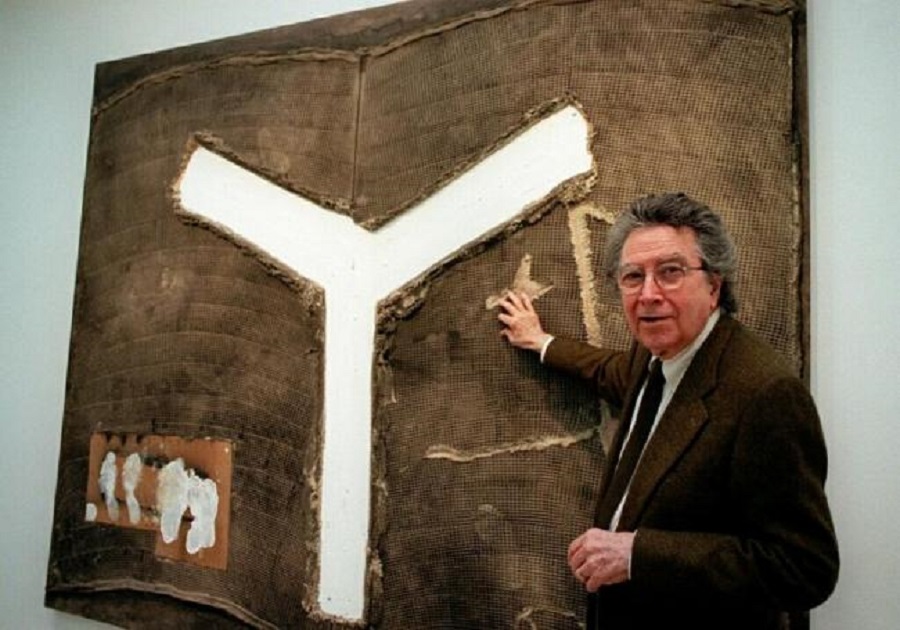
(Translated from the Spanish by Shauna Devlin)
- Antoni Tàpies: Biography, Works and Exhibitions - - Alejandra de Argos -
- Details
- Written by Clelia
Awarded the 14th Annual Larry Aldrich Contemporary Art prize for "significant impact on visual culture", Elizabeth Peyton (Connecticut, 1965) is an American painter, photographer and multimedia artist. After a childhood steeped in artistic influences, she graduated from New York's School of Visual Arts with a degree in Fine Arts and the ability to draw with her left hand, having only two fingers on her right. She became an assistant to Ronald Jones and also worked in picture archives. She was married to the artist Rirkrit Tiravanija from 1991 to 2004. She currently lives and works in New York City. Renowned as a portraitist of famous figures from the world of entertainment, literature and history, she paints from published editorial photographs, both old and recent, or from her own private collection of snapshots.
Awarded the 14th Annual Larry Aldrich Contemporary Art prize for "significant impact on visual culture", Elizabeth Peyton (Connecticut, 1965) is an American painter, photographer and multimedia artist. After a childhood steeped in artistic influences, she graduated from New York's School of Visual Arts with a degree in Fine Arts and the ability to draw with her left hand, having only two fingers on her right. She became an assistant to Ronald Jones and also worked in picture archives. She was married to the artist Rirkrit Tiravanija from 1991 to 2004. She currently lives and works in New York City.
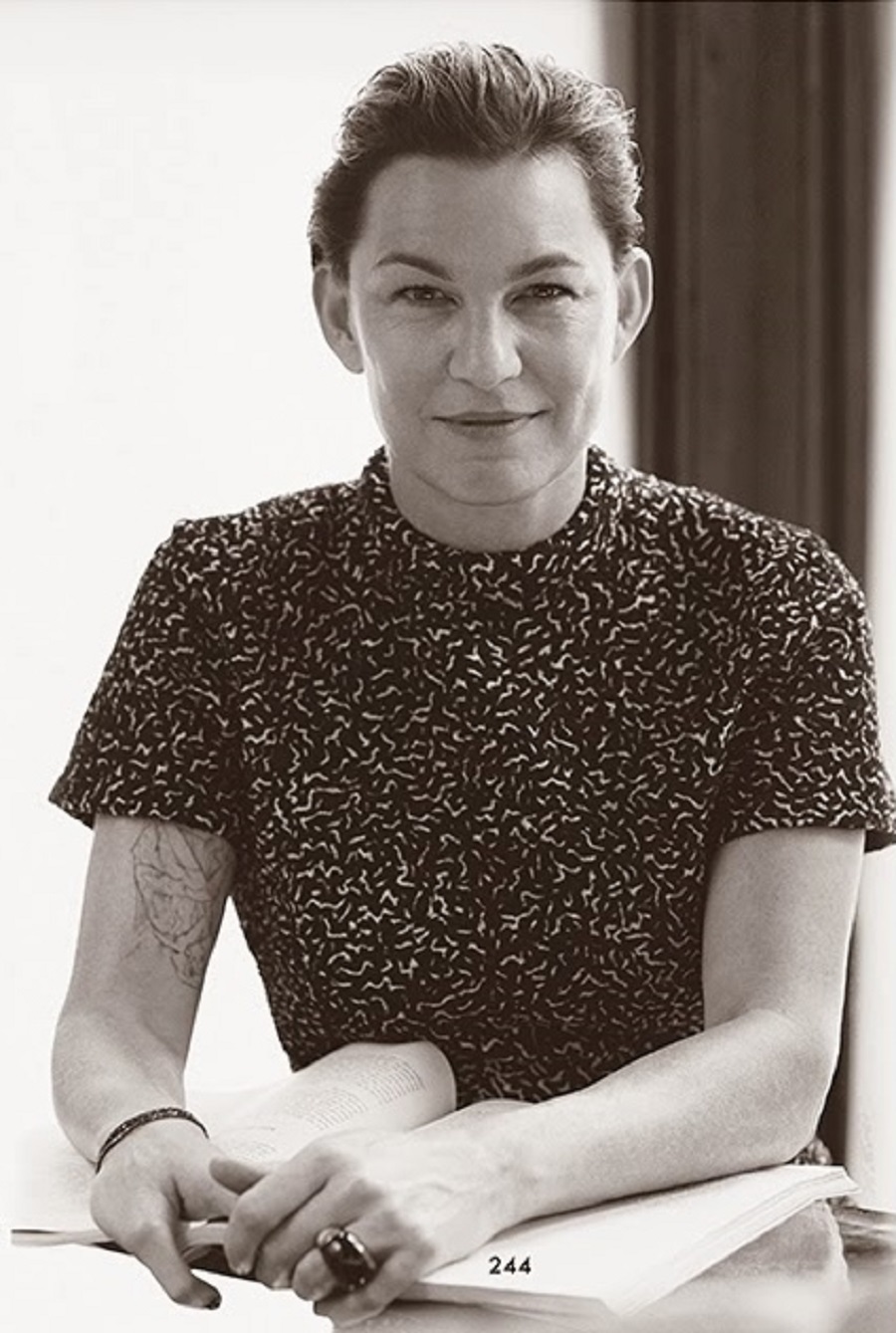
Elizabeth Peyton, available at http://thegentlewoman.co.uk/
Renowned as a portraitist of famous figures from the world of entertainment, literature and history, she paints from published editorial photographs, both old and recent, or from her own private collection of snapshots. Her every picture captures the influence on her life of well-known personalities such as Oscar Wilde, Napoleon or John Lennon, this latter canvas selling at auction for a record US $800,000 in 2005. She also paints those lesser-known or unknown to a wider audience: 'Craig', for instance, 'Ben' or 'Spencer', titles identifying just the sitter's name but no further clarification or clues whatsoever.
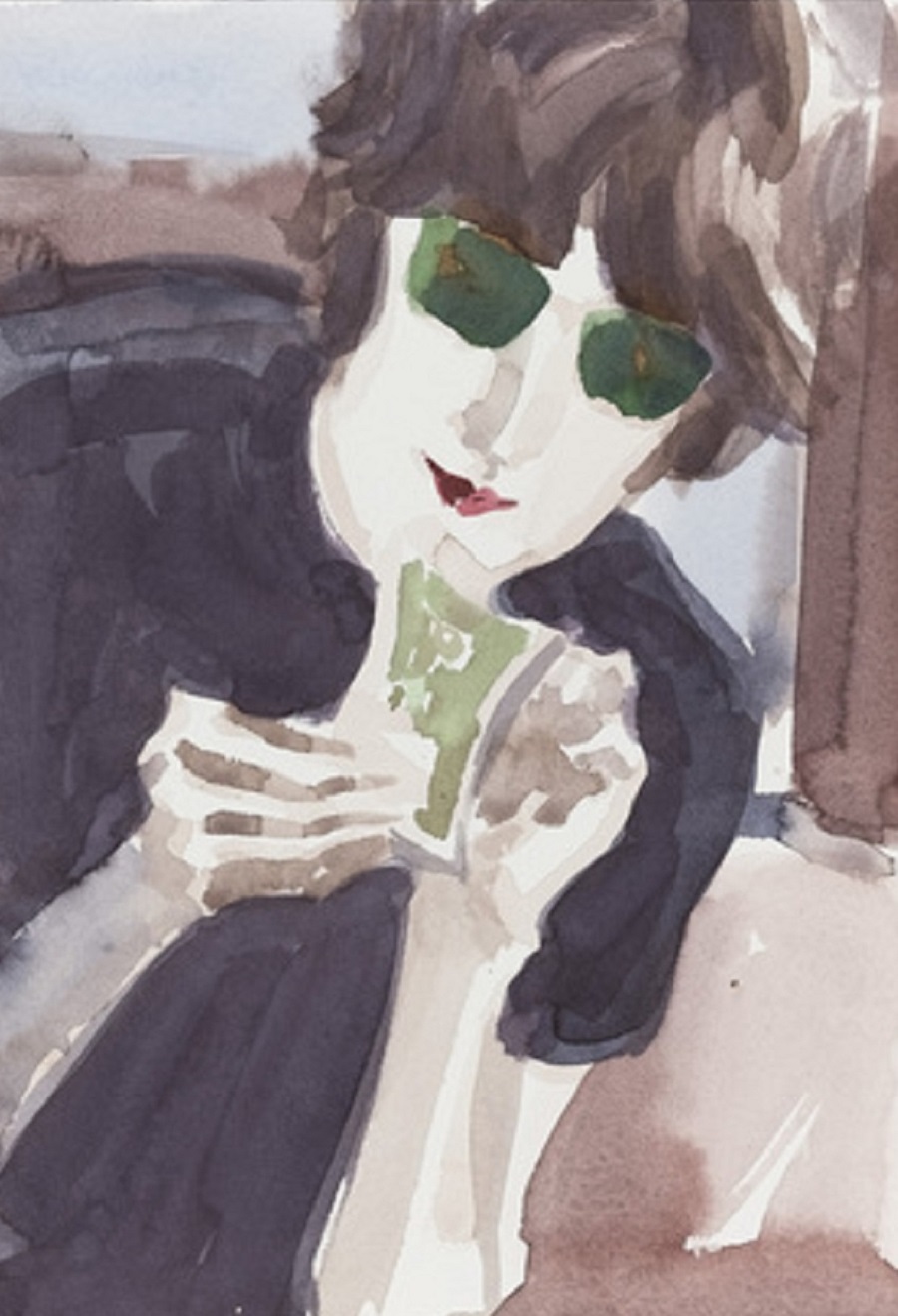
John 1971, available at http://www.moma.org/
In 1998, Peyton published her book "Craig", combining journalistic notes, photographs and drawings, with the aim of showing celebrities like Princess Diana or Johnny Rotten in more informal, intimate settings and endowing them with almost angelic overtones. She has made this comment about her art:"I like the idea of beauty coming from lots of things and that it's not easy to get there." In each of her portraits, however, she manages to capture the spirit and human qualities of her subjects, making them more approachable to the spectator, less distant and stripped bare of any airs and graces. She envisages her subjects in a space that transforms them into something familiar and close, like something or someone we see everyday. "Celebrity, in itself, is of no interest to me as such ... I just think about Art and what it means for society." she was quoted in one of her interviews.
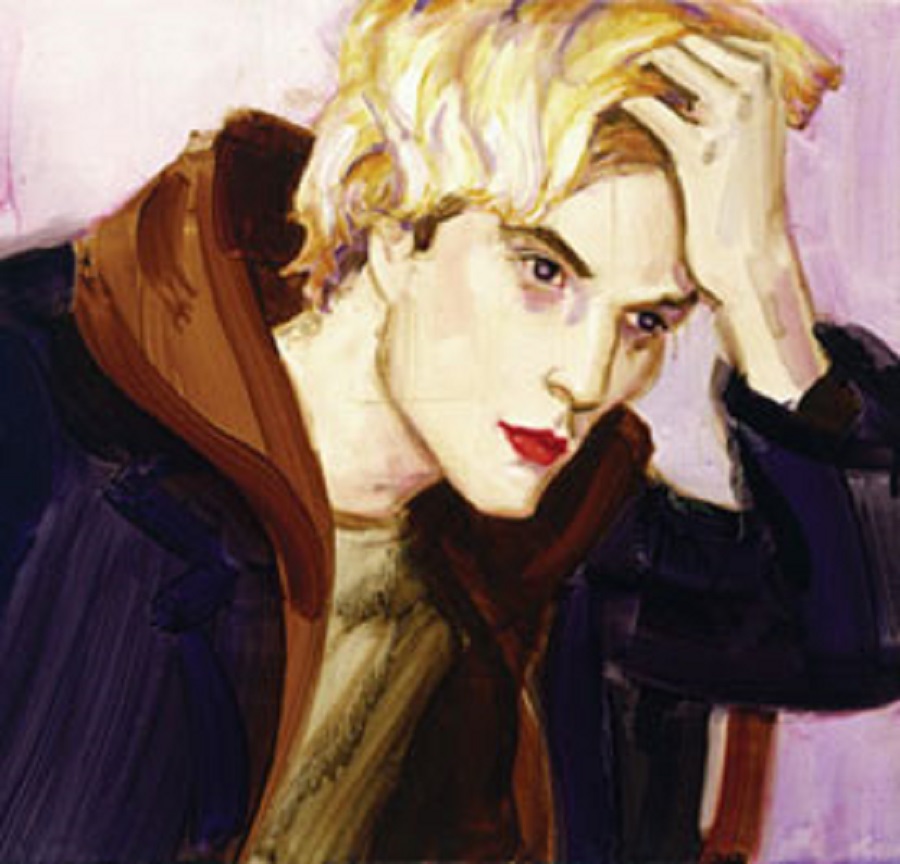
Elizabeth Peyton 1 (2009), available at http://www.simonettaatrezzoeinteriorismo.com/
Another factor in her creations is music, especially rock, which inspires and informs the ambience suffusing her portraits. Take, for example, the cover of Suede's compilation album "The Best of Suede". Some of her profiles are of musicians such as Elvis Presley, Kurt Cobain, Pete Doherty, Keith Richards and David Bowie but there are also those of members of European Royal Families including two British princes as young boys.
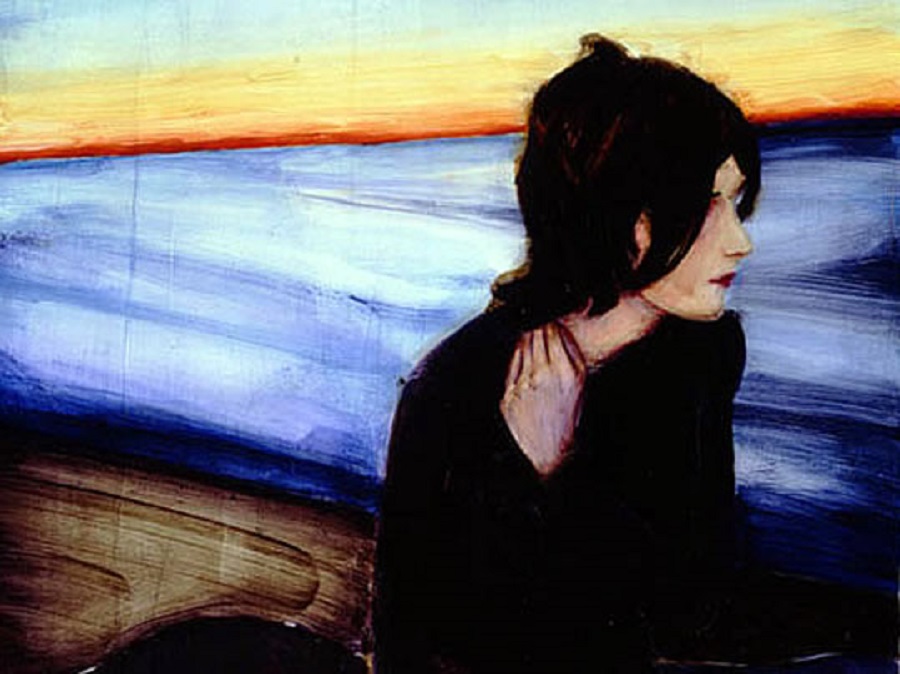
11th of September (Ben) (2001), available at http://blog.visitlondon.com/
In the nineties, her work could be seen to manifest itself in much paler colours, deft and assured brushstrokes, a sense of the romantic and a more expressive composition. In 2001, she moved to Manhattan where she began working with live models for the first time, rather than magazine or newspaper photographs, and also using a more subdued palette. She fused mood with static objects in her illustrations of this time, using movie scenes and still lifes in, for instance, "Pati" (2007), "Flowers and Diaghilev" (2008), "Houdini" and "Flowers, Lichtenstein, Parsifal" (2009).
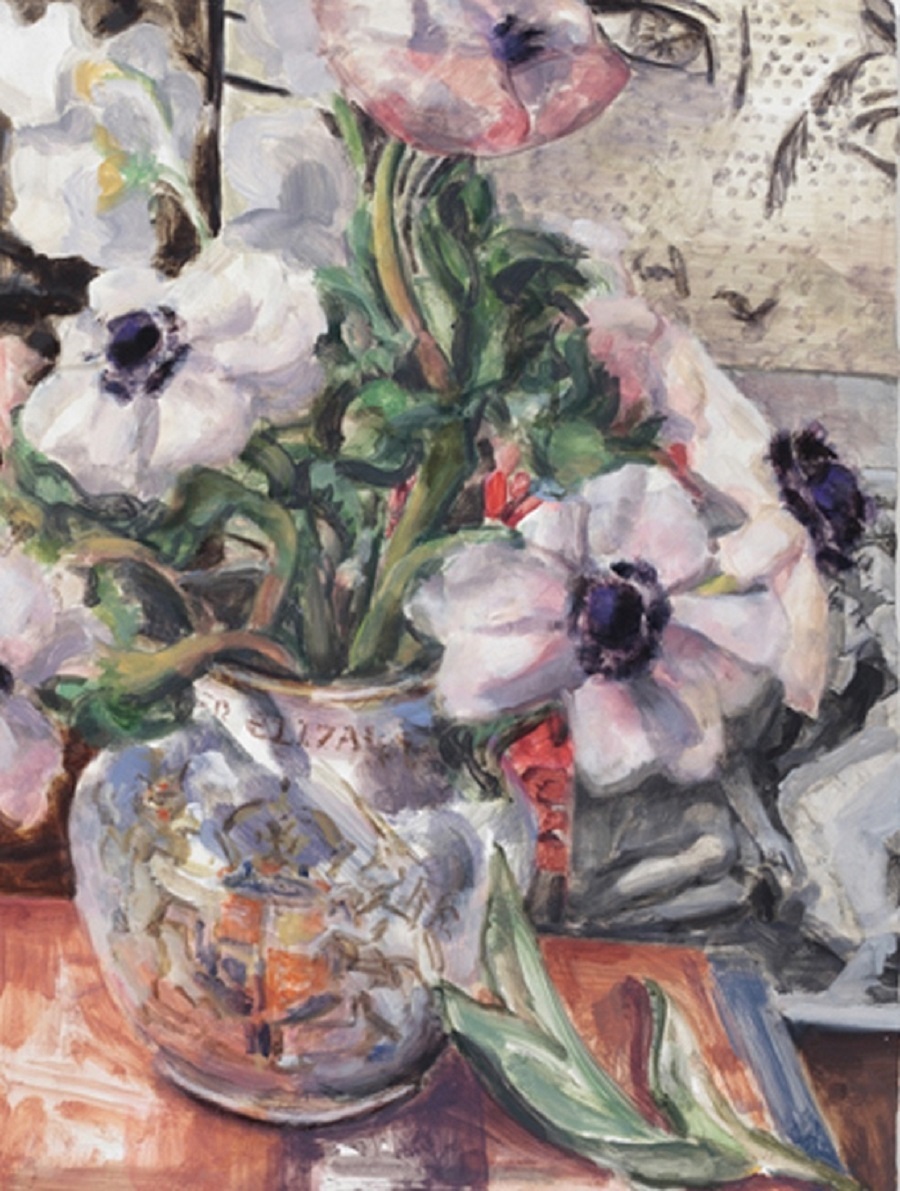
Flowers. Lichtenstein, Parsifal, available at https://elizabethpeyton.wordpress.com
Elizabeth Peyton continued to depict personalities from her own social circle as well as more globally famous ones in 2010 and 2011, but with a much more brilliant colour scheme and a more mature, reflective style. Her canvasses can be seen on display in important museums worldwide such as the Georges Pompidou Centre in Paris, the Fine Arts in Boston and New York's New Museum, to name but a very few.
Her first ever individual exhibition was at Broadway's Althea Viafora Gallery in 1987 and she has continued to show her art frequently up until the present day. In recent years, she has exhibited along with Jonathan Horowitz at "Secret Life" (London, 2012) in which she showcases still lifes of Nature, bringing together psychology and plants and "Regen Projects" in Los Angeles. In 2013, she presented "Klara" comprising 13 of her works and "Here She Comes Now" in Germany. In 2014, she exhibited "Street posters in The Centre of Arles" at the Vincent Van Gogh Foundation in France.
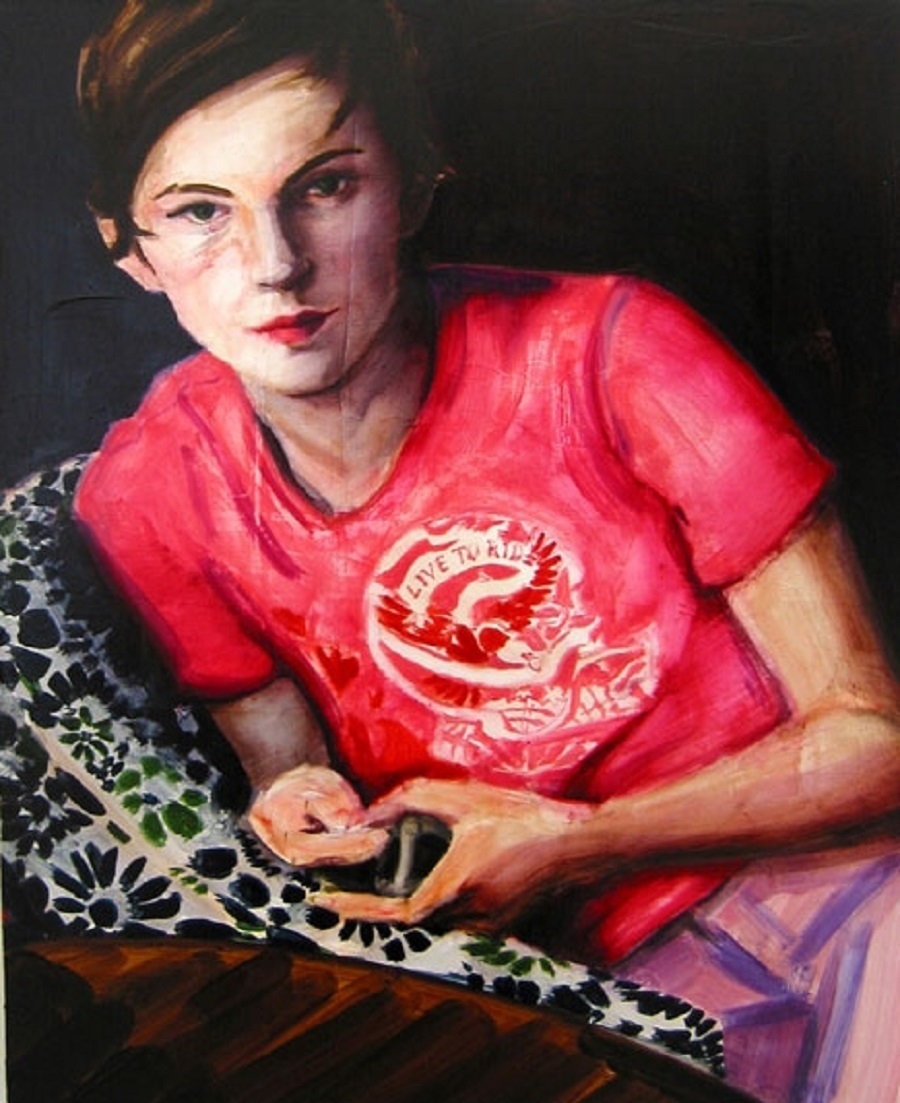
Live to Ride, available at http://whitney.org/
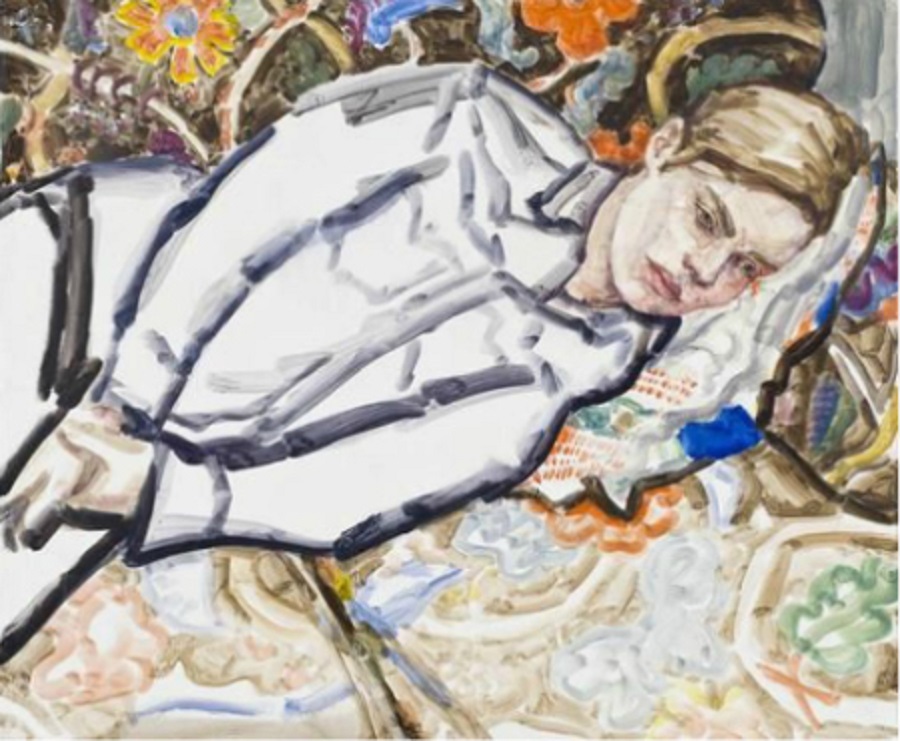
Klara, available at http://www.glasstire.com/
Elizabeth Peyton does not centre her paintings around beauty stereotypes. Rather, she seeks to validate the person she paints as the means to experiencing beauty in a tangible way, using their image for inspiration but also inviting us to a deeper knowledge that takes us beyond the sublime to a place of absolute beauty. Critics have said of her that: "She chronicles her social circle of artists and musicians; and the suggestive abstractions of O'Keefe."
The artist herself was quoted as saying: "I love everything I do. Working from photographs or "in the flesh" or from memory ... from up close, life has more immediacy, excitement, emotion, as if in freefall, because everything is happening right there and then. Photographs of faces possess a kind of colour saturation and a sense of deterioration you don't find in real life, which I also love."
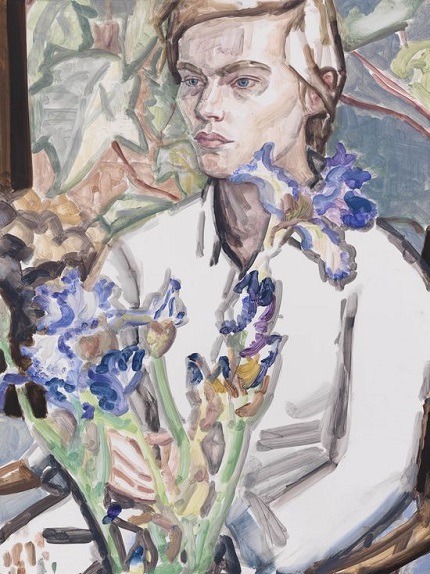
Irises, available at http://www.artnews.com/
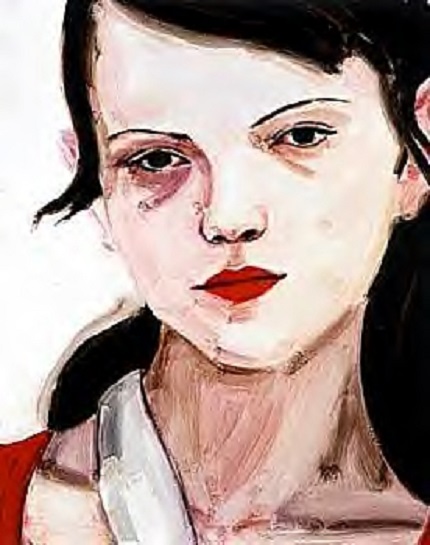
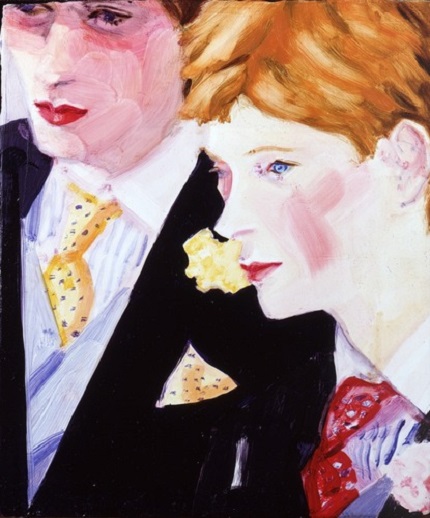
ws-peyton, available at http://painternyc.blogspot.com.es/

David Bowie (2012), available at http://fr.phaidon.com
(Translated from the Spanish by Shauna Devlin)
- Details
- Written by Clelia
Marlene Dumas, born in the Cape Town suburb of Kuilsrivier in 1953 and a native Afrikaans speaker, she graduated Cape Town University in 1975 with a degree in Visual Arts.
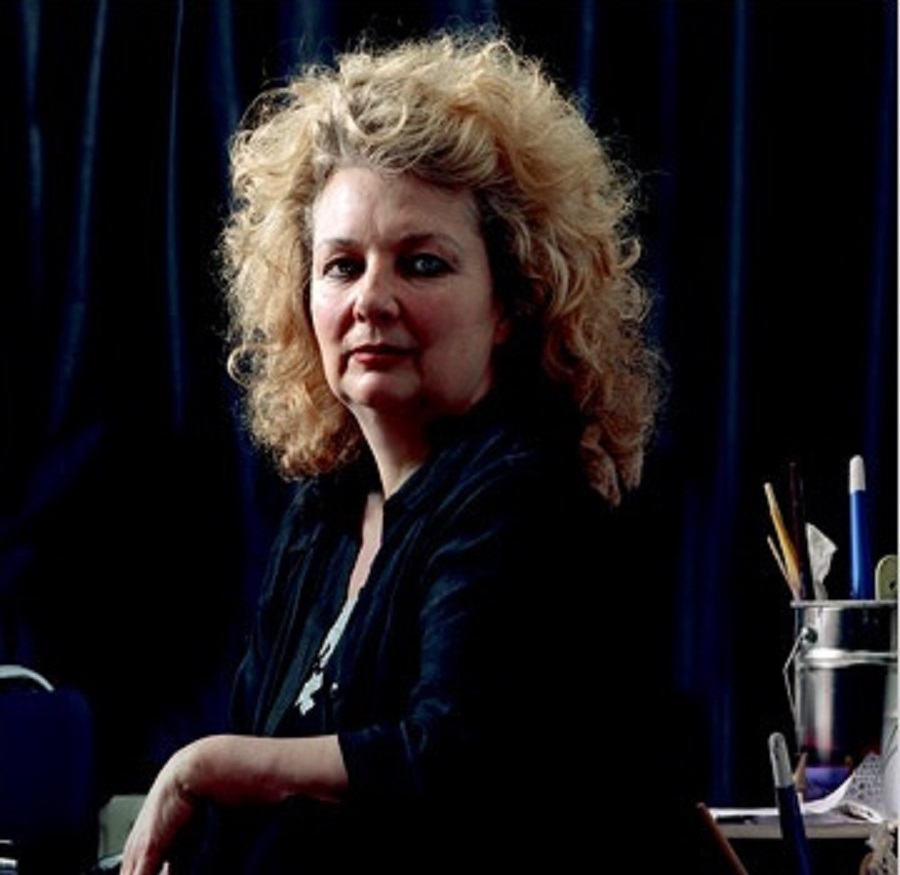
Awarded a two-year bursary, she then moved to Holland where she made art her living and primary form of self-expression. From 1976 to 1978, she taught at Ateliers '63, Haarlem and other Dutch institutions. She devoted herself and her time to painting people or places from her own vast collection of photographs or those in newspapers and magazines. Her works were small format, realistic portraiture of an intimacy that divested its subjects of their public persona, instead cloaking them in a criticism of their identity or politics.
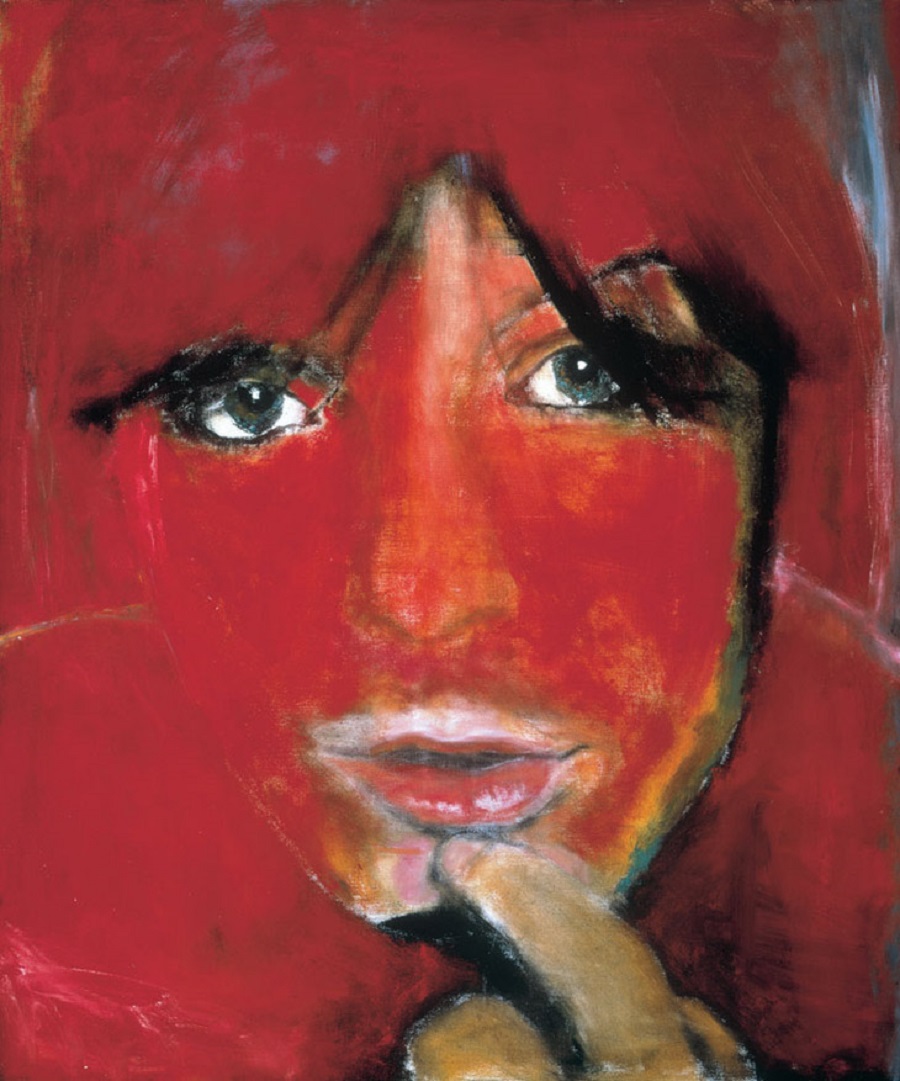
Her pieces are figurative trompe l’oeils that provoke a sense of unease. Their language of movement is manifest in each figure. She draws the faces of adults and children, both alive and dead, with insistency and ambiguity. For Dumas, graphology is a subjective interpretation, her doodling somewhat unintelligible, but always carefully chosen and pronounced, each colour making perfect sense, as shown in 1988’s “Waiting”.
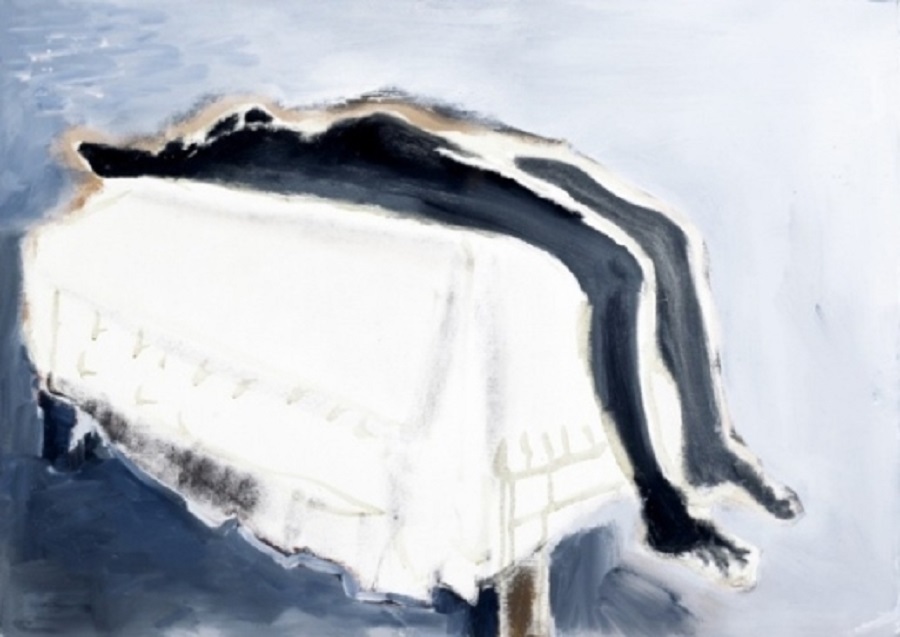
The work she produced over a 30 year trajectory was exhibited in a retrospective: "Intimate Relations” between 2007 and 2009. Her initial success was in Japan and next, for the first time ever, in her native South Africa, leading to exhibitions in art galleries and museums in New York, Los Angeles and Houston.
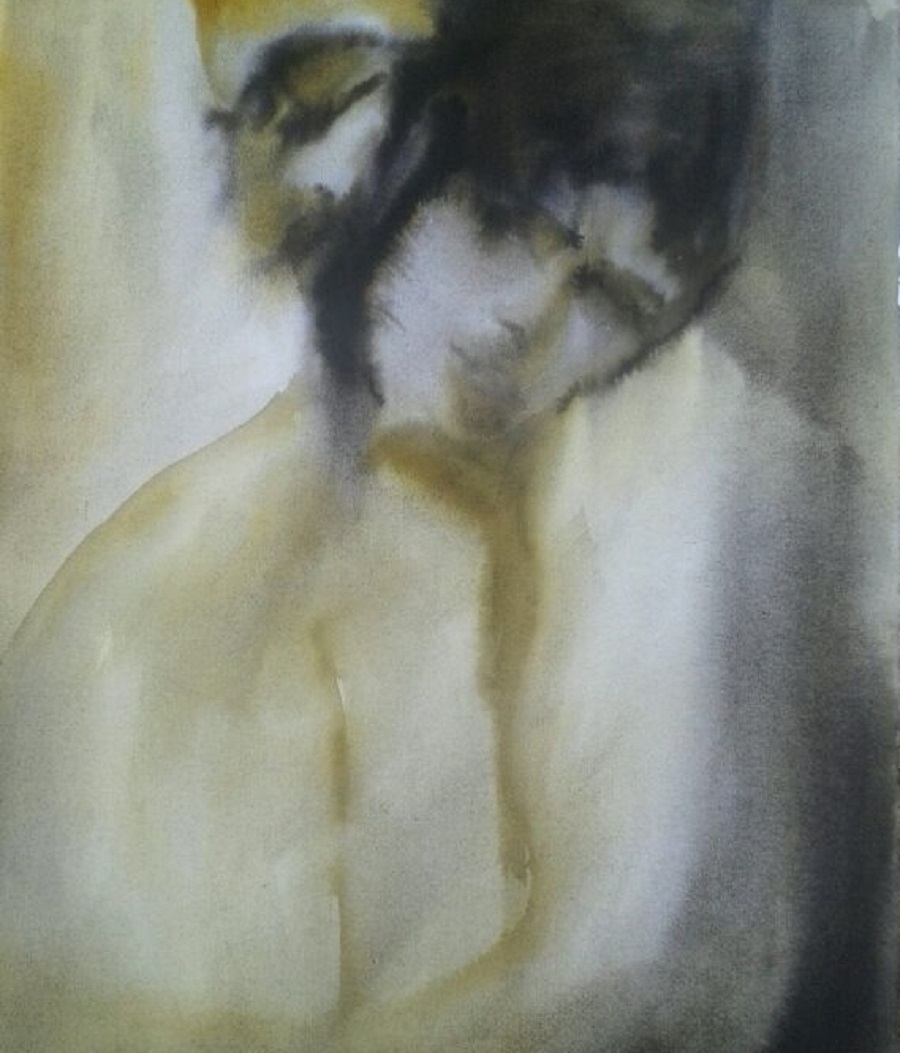
In 1998, Dumas was awarded the Sandberg prize, along with other distinctions such as the Coutts Contemporary Art and the Prince Bernhard prizes. In 2010, the Rhodes University in Grahamstown, South Africa awarded her an honorary doctorate in Humanities and in 2011 she received the Rolf Choque prize. Her creations are part of the collections of international museums and institutions such as the Centre Pompidou in Paris and the Tate Gallery in London, some of which have them on permanent display.
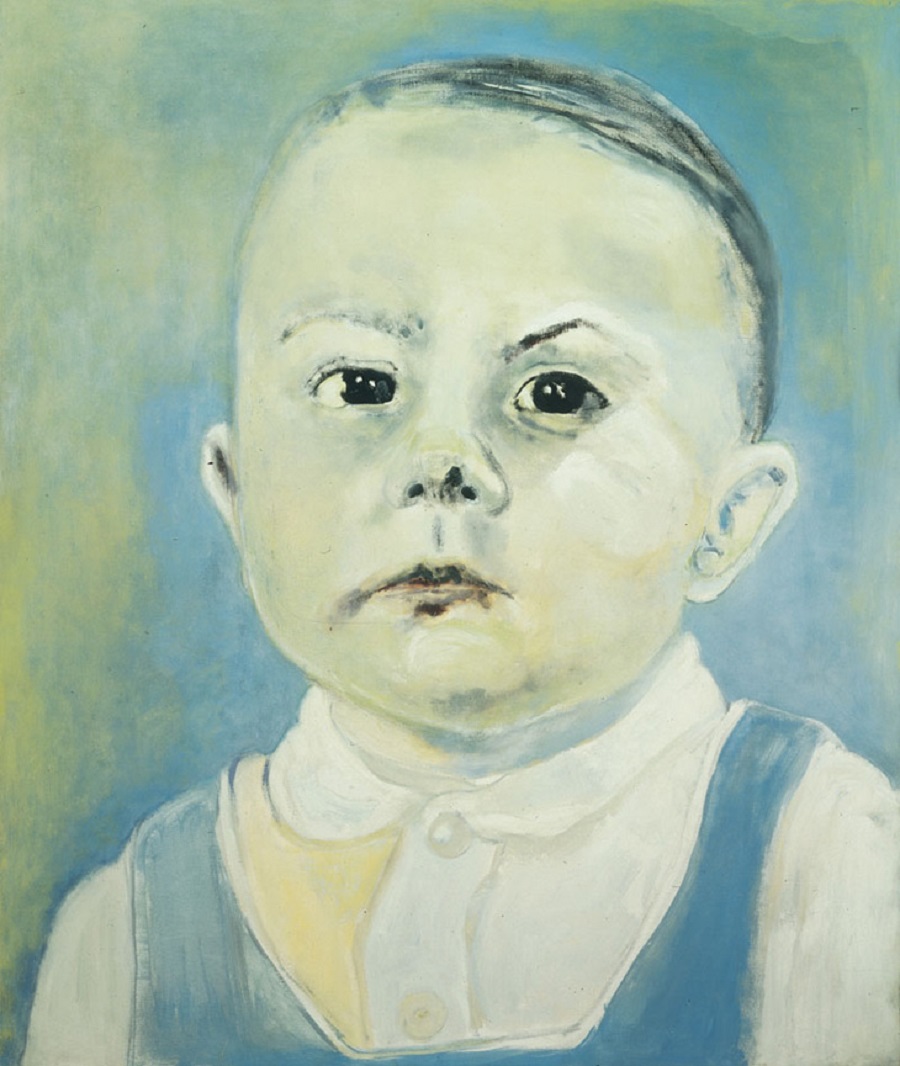
She started exhibiting in 1978 at the Stedelijk Museum, Amsterdam, and continued in Basil with Documenta 7 in 1982. Her first solo exhibition was in 1983 and one year later at the Central Museum of Utrecht. She presented her series of collages, creations and self-penned text entitled "Ons Tierra Licht Lager dan de Zee” but it was only in 1985 that she exhibited her paintings series: “The eyes of the creatures of the night”. Dumas talks of her pieces in “Sweet Nothings” with unexpected names, texts and commentary.
She participated in the European Art collective exhibition at the Tate in London during 1987. Her work received recognition in Europe and America in 1989 with “The Pink Human’s Question” after which came Documenta 9 in 1992.
Along with contemporaries such as Gerhard Richter, she was part of “Der Spiegel zerbrochene” in 1993, and also exhibited in London at the well-known Frith Street Gallery with Thomas Schütte and Juan Muñoz. She represented Holland at the Venice Biennial of 1995 along with two other women, María Roossen and Marijke van Warmerdam. She participated in prestigious collective picture exhibitions in Africa among other countries, with “Paintings at the Edge of the World” in 2001 and “Paintings of Modern Life” in 2007. The last decade has seen her exhibiting in cities like Chicago, Venice, Tokyo, Paris or New York to name but a few.
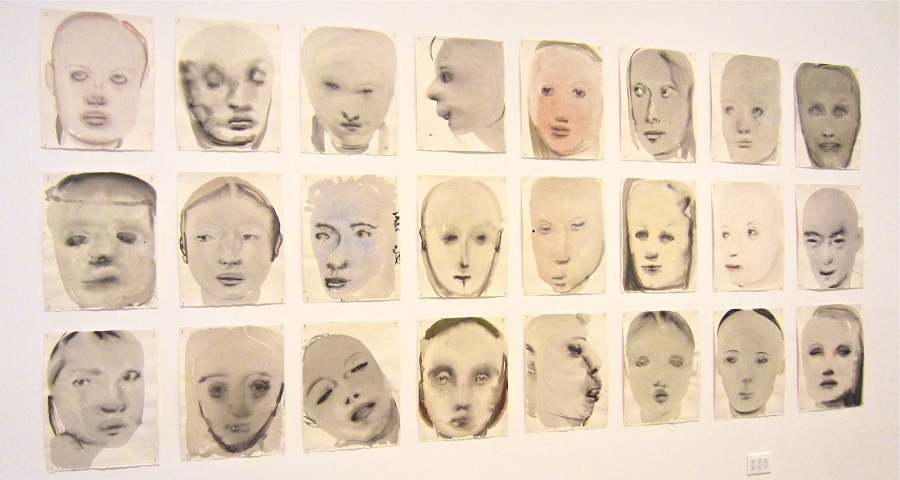
Dumas defines herself as a “collector of images”. Exhibits like “Models” in Salzburg and “Suspect” in Venice present us with advertising bumph, models, corpses and objects that mutate into the spectacular. Grouped into categories, her works are artificial still lifes, parodies, deconstructions or commentaries drawn and painted in watercolour or gouache. One of her pieces, "My mother before she became my mother", sold for $2,000,000 in 2011.
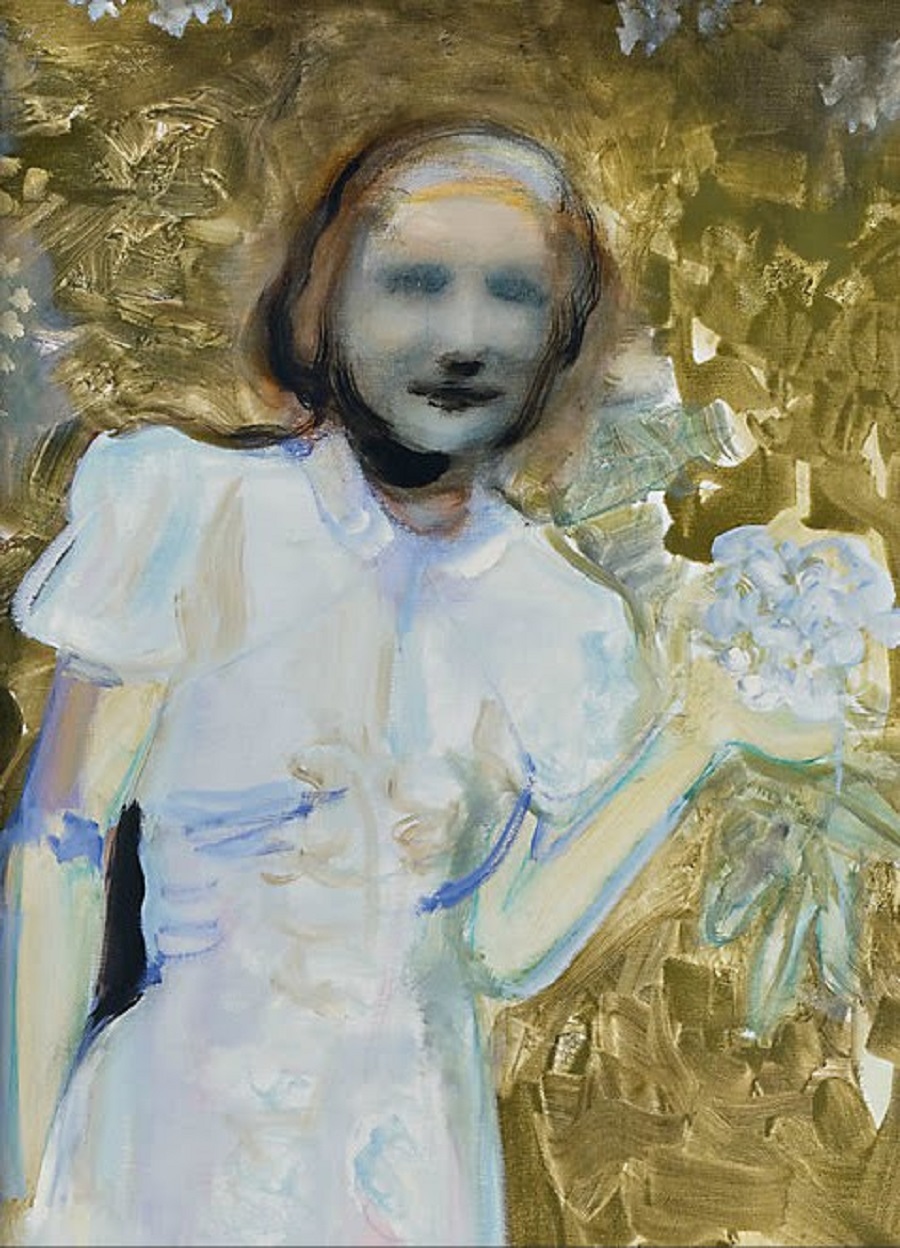
She is currently based in Amsterdam where she continues her artistic work. Dumas’ “The Image as Burden” exhibition was housed at the Stedelijk Museum, Amsterdam from September 2014 to January 2015.
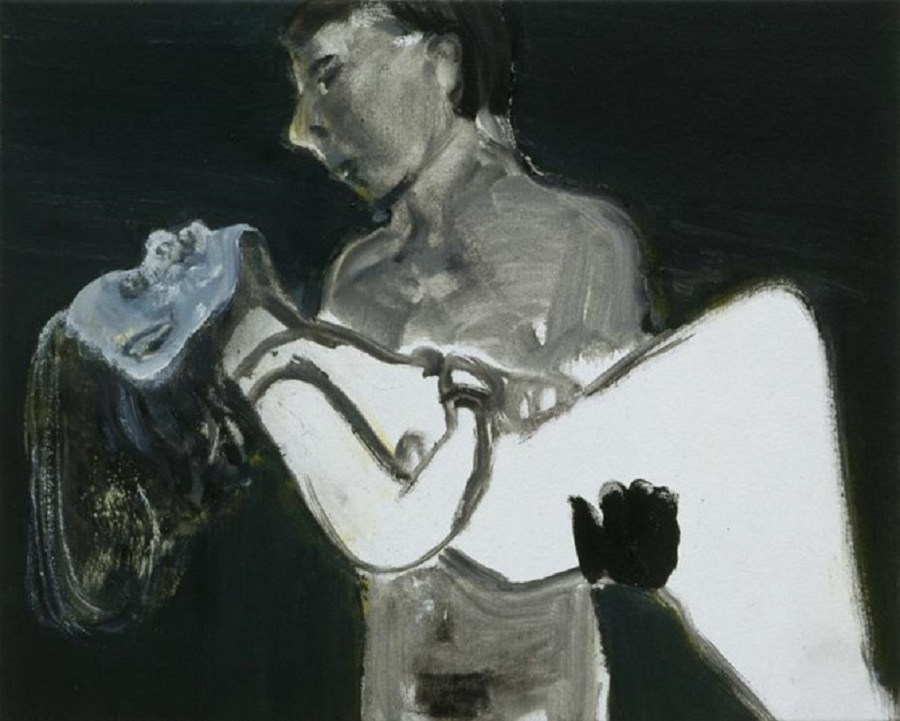
She is one of the great painters of her generation, an artist who centres the human body and human psychological valour, painting her subjects from the cradle to the grave. The cycle of life illustrates her ideas on the social, the sexual and the racial. She keeps up appearances without conclusion, with brush strokes so faint and light of touch they are almost hidden and perhaps more dramatic for that. Dumas borrows images and expresses them “otherly”, making them confusing within the confines of a dark terrain. Her graphology and explicit language can be understood from the titles she gives her work, which generally is portraits, as well as nudes one would swear were blushing at their own exposure being contemplated. Dumas says of her art: “What is at stake and what matters is not the medium an artist uses or the subject matter but his or her motivation, which have become suspect.”
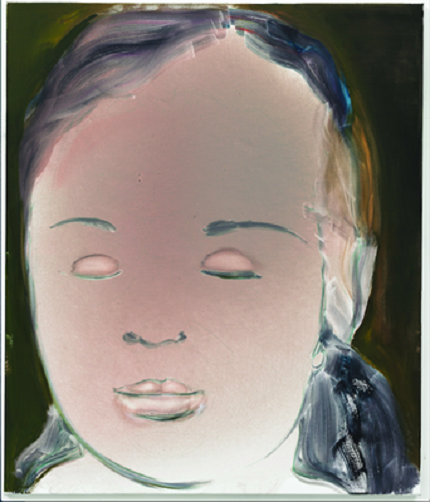
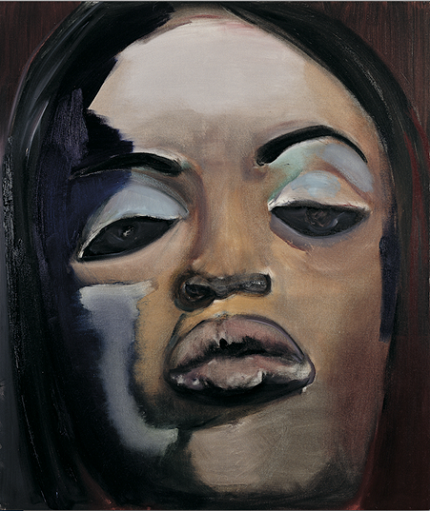
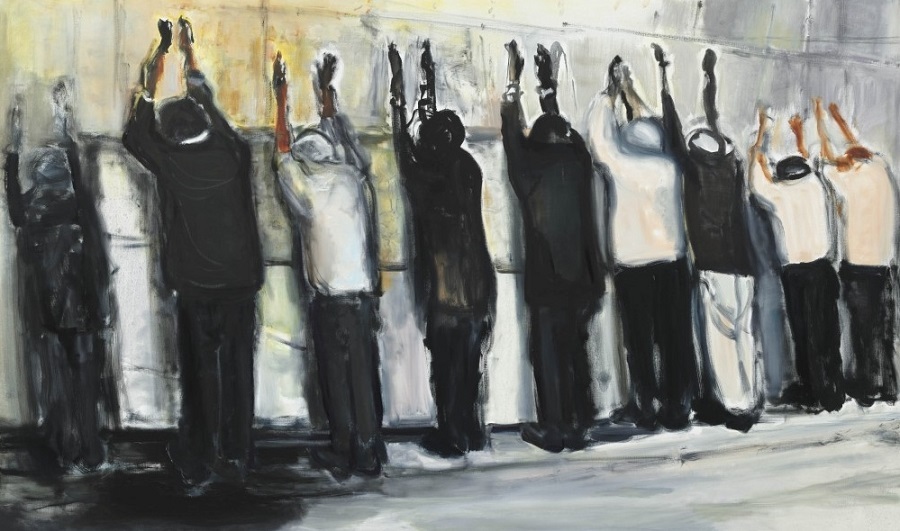
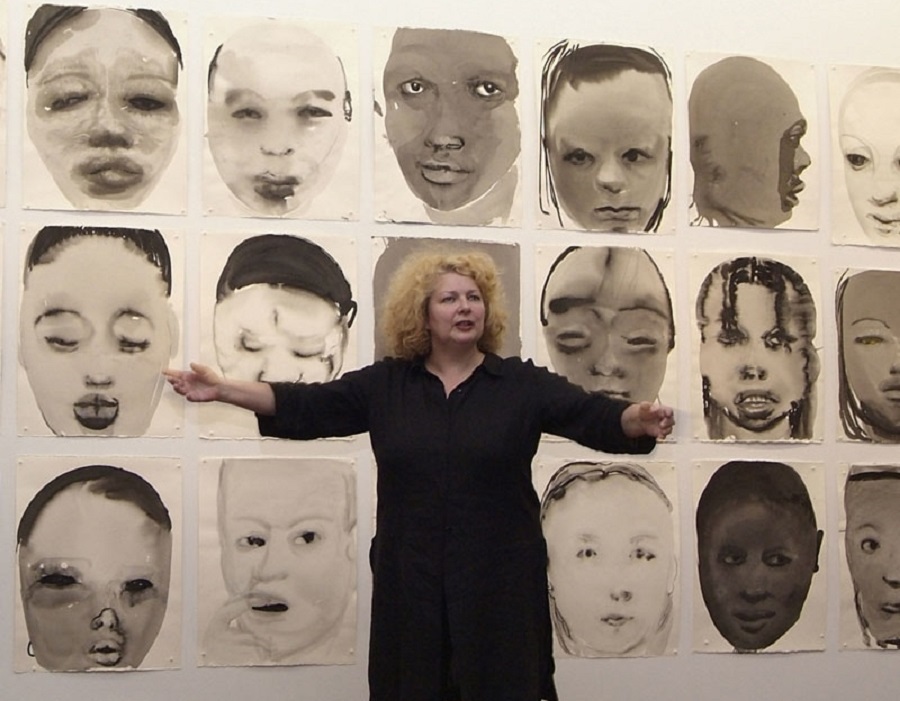
(Translated from the Spanish by Shauna Devlin)
- Details
- Written by Ángeles Blanco
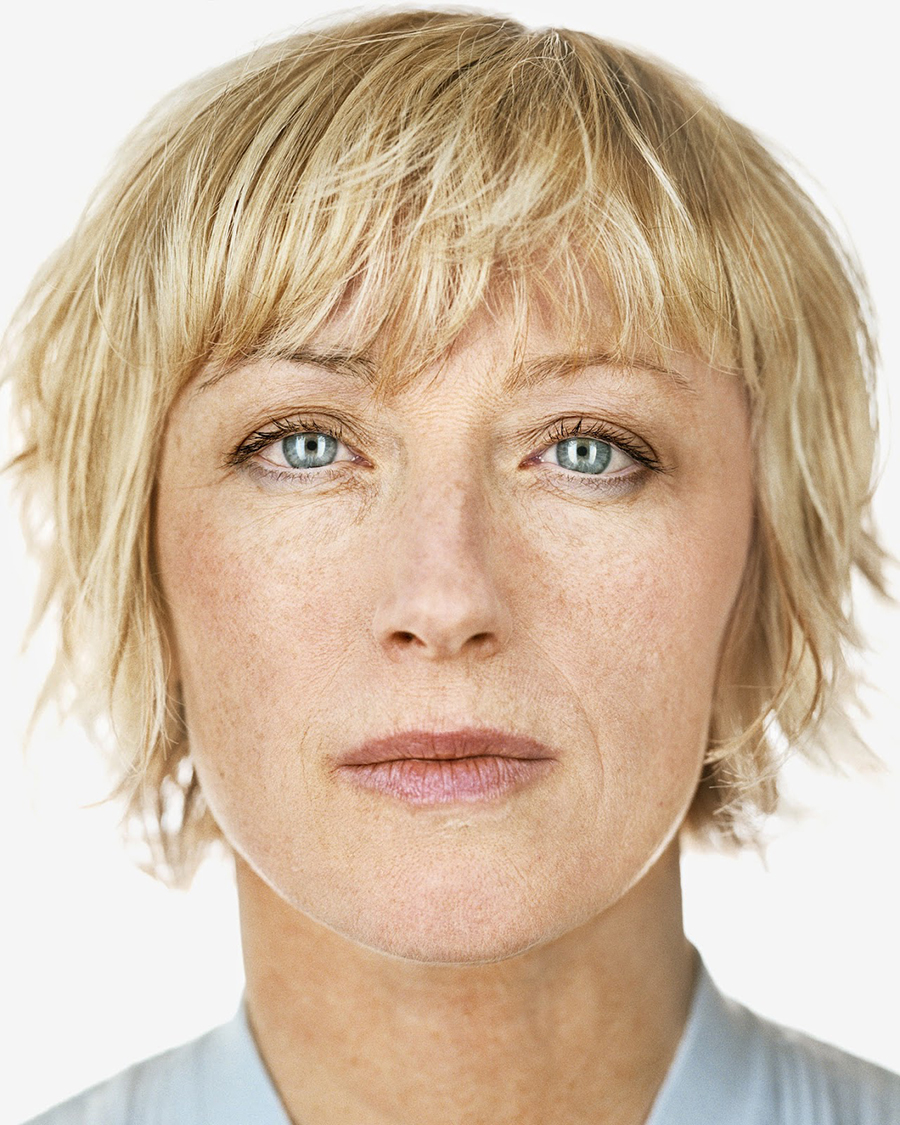
A camera, a prop and herself were all the raw materials Cindy Sherman needed to add her name to the roll call of great photographers of the second half of the 20th century … although she considers herself a visual artist whose medium is photography rather than a photographer per se.
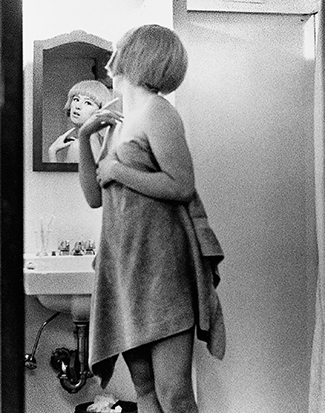
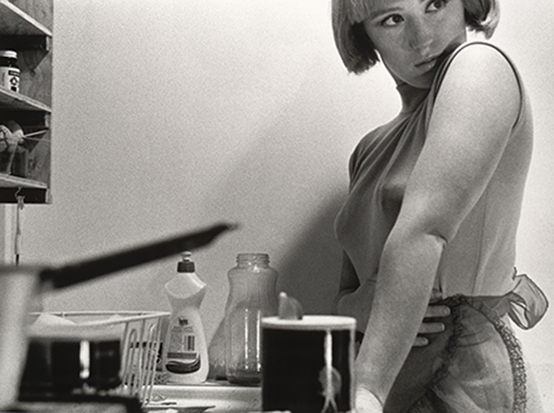
What's unique about this artist is that not only does she use her lens to capture staged images that are striking and highly unusual in themselves but that she uses herself in her compositions and thereby embodies her intended message.
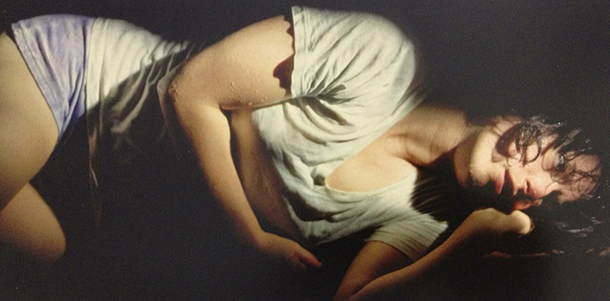
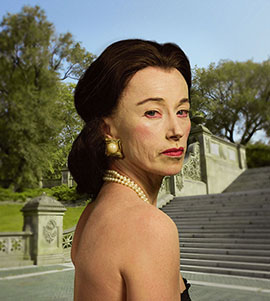
Born in New Jersey in 1954, Cynthia Morris Sherman felt no artistic leanings until at Buffalo University where she began to paint but soon realised that this wasn’t her thing and about which she says: “ ... What can I say? There I was, knocking myself out copying other art but then it hit me that the best and only way I could realise my ideas was with a camera.” And, indeed, it was in photography that she found her calling and has since become one of the most outstanding photographers of her time.
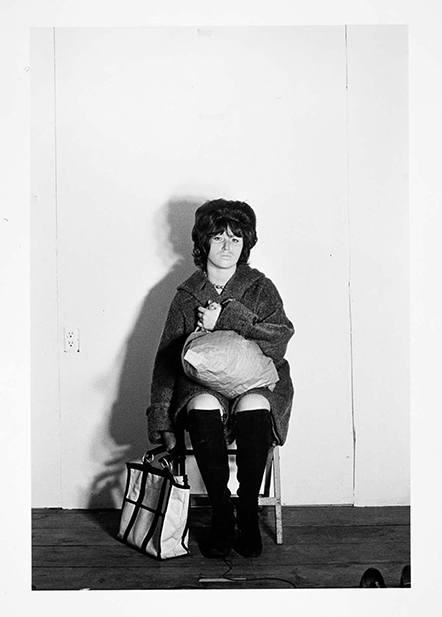
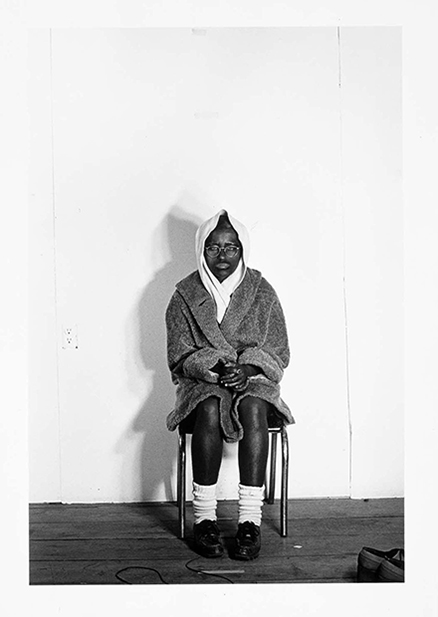
Her earliest photographs, arguably the most representative of her work, soon captured the public’s imagination. Between 1977 y 1980 she produced the "Untitled Film Stills" series of self-portraits posing as typically female clichés from a patriarchal society (hooker, housewife, drug addict, dancer, termagant). These black and white images bring to mind film stills from the 40’s and 50’s. To see them is to recall Hitchcock, Visconti and Truffault, to think how familiar they seem and ask oneself if they might be from an old film noir or Italian Neorealism movie. Since the very beginning, Sherman has never wanted to title her works so they are known only by their inventory number and it is up to the viewer to assign a meaning to each one.
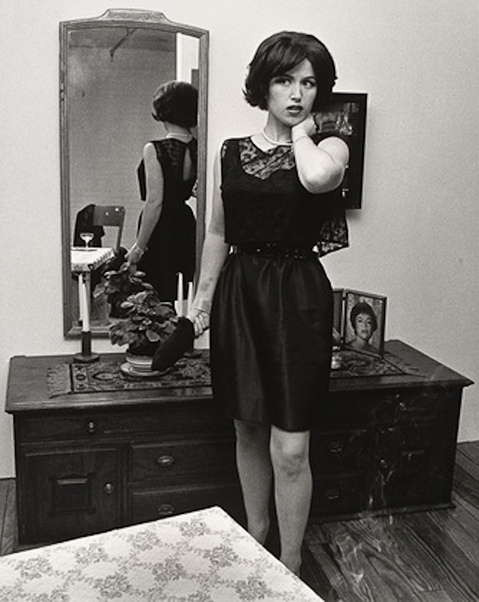
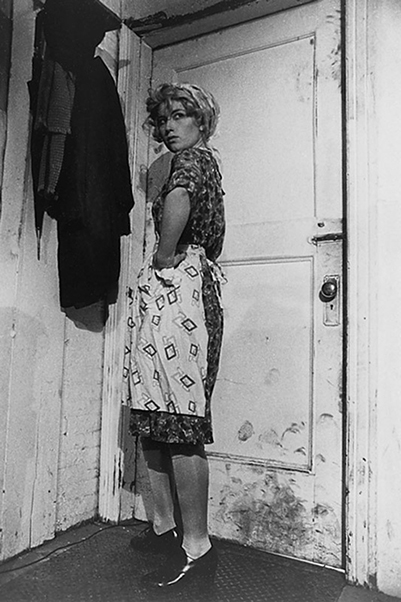
Sherman has no qualms about resorting to artifice, both of expression and in preparation, to sum up a whole narrative in one single picture, leaving it to our own imagination to invent the story behind it.
And, seemingly, it all stems from her love of fancy dress since childhood although she can't tell if that was from boredom, as therapy or simply a fascination with make-up. What happened was that she had started playing with costumes and make-up in the privacy of her own home until, encouraged by her university friend and fellow New York artist Robert Longo, she made the decision to immortalise her "performances" on camera.

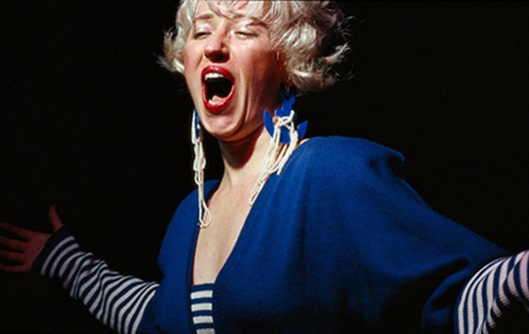
Although she doesn't consider her work feminist as such, her entire oeuvre over the last 40 years does explore myriad female stereotypes. At the start of the 80’s, wanting to draw attention to the prolific use of women as sex symbols in magazines and on television, she produced the "Centerfolds" series, posing as if for a double-page spread in a man's magazine.
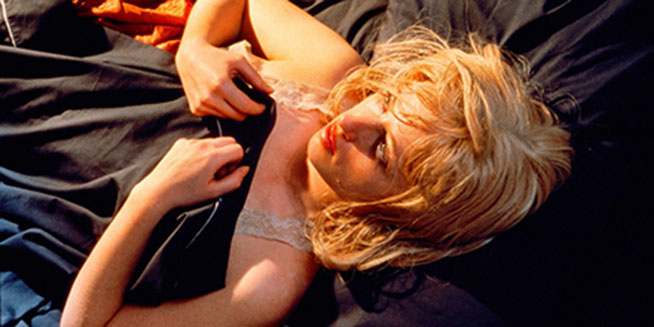
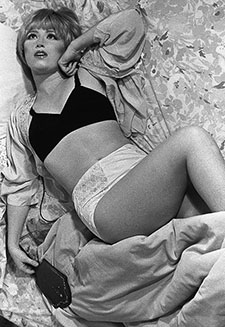
All of her work contains a message which sometimes means her having to resort to images that are gut-wrenching. “Disasters”, “Fairy Tales” and “Disgust Pictures” are pieces that, by the most abject means, (namely entrails, vomit, mutations and horror figures), flag up the changes that our society is undergoing, our descent into a ferocious consumerism devouring itself.
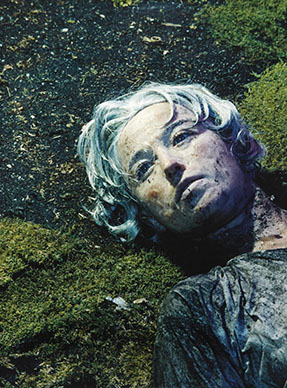
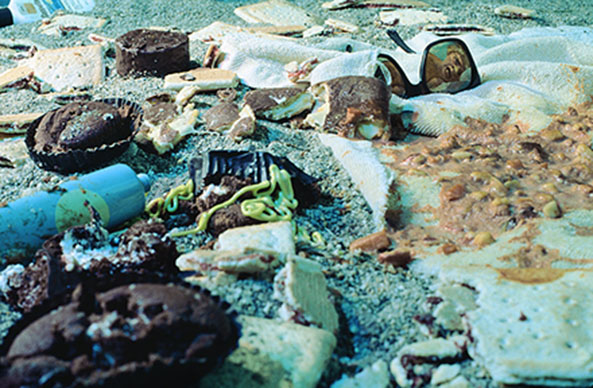
In “History Portraits”, Sherman returns to self-portraiture only this time in colour, and revisiting Renaissance and Baroque paintings, recreating both male and female characters and media darlings of the moment. Her aim is to demystify the personalities worshipped by an obsessed society whether they be masterpieces of the art world or celebrities of stage and screen.
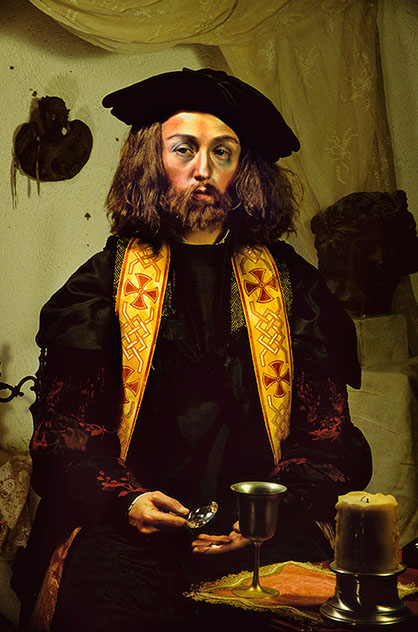
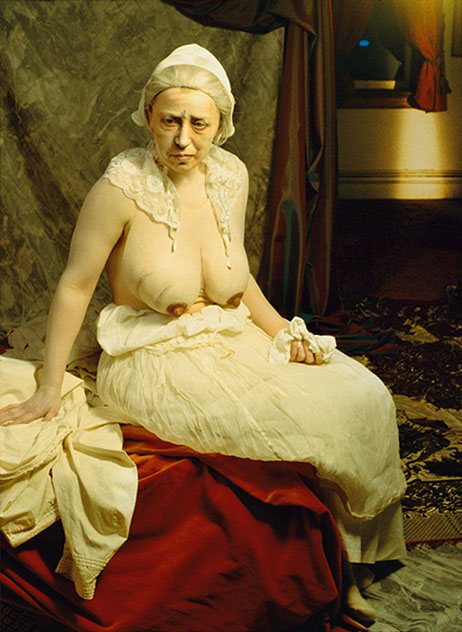
Sherman appears in the majority of her pieces because she likes to work alone and do everything by herself, coupled with the fact that hiring models can turn out to be harder work than it's worth ... she tried it once and it was an experience she won't be repeating. She agrees that it's partly for the freedom working by herself affords her but also possibly down to shyness. Disguising oneself as someone else can be liberating and, although it's her face and body one sees, it's deliberately not the essence of her which is why, if ever an image resembles the real life her too much, she scraps it and takes another. She has also experimented with still lifes in which she doesn't appear. These, however, lack the full force of her other work in which she does. And the truth is that collectors after a work by Sherman want it with her in it and are prepared to pay exorbitant amounts for the acquisition. Her Untitled #96 sold at auction for nearly $4, 000, 000 in 2013 at Christie's in New York.
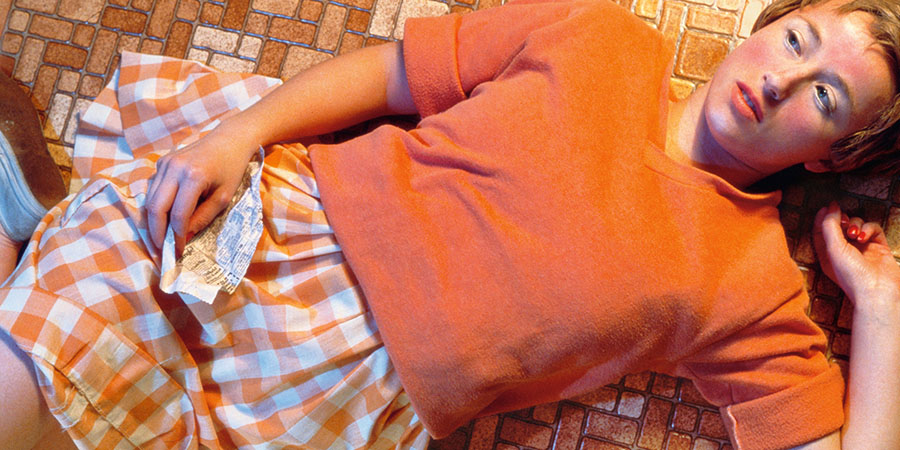
This woman of a thousand faces sees herself as a blank canvas on which to depict diverse iconographies of 'woman' and the result is, in the words of Eva Respini, the curator who organised Sherman's retrospective at the MoMA in 2013, "an encyclopaedia of female stereotypes." Her photographs are not at all autobiographical but they do, on occasion, and by way of artificiality, appear to capture reality in all its crudeness.
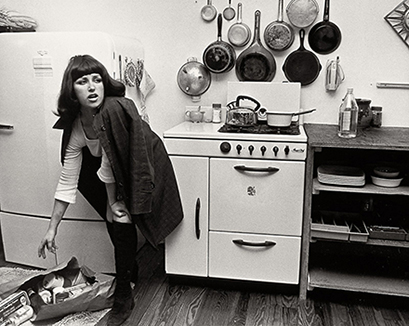
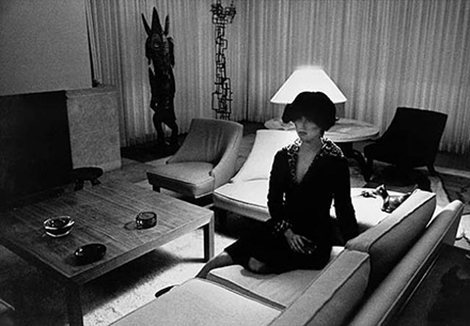
As her work evolves, however, so Sherman replaces herself gradually more and more with prosthetics similar to those used at medical schools. By the time she starts work on the “Sex Pictures” series, there's nothing at all left of her in them and the models appear in her place all twisted, mutilated, oozing liquids and, although we the spectators know that they're only mannequins, we're still left with a queasiness that won't quit, meaning that her aim, that of denouncing whilst depicting male violence against women, has again been achieved.
With the turn of the century, Sherman starts to incorporate digital techniques into her photography, allowing her to create garishly-coloured scenes and multi-charactered montages, as in the “Clowns” series, where it's not exactly clear whether she's parodying herself or not. Framed within opulent settings, the characters brought to life in her “Society Portraits” do not represent real people. The artist has, however, made them look somewhat familiar to us with this rallying cry against the prevailing beauty ideals of a society obsessed with youth and beauty.
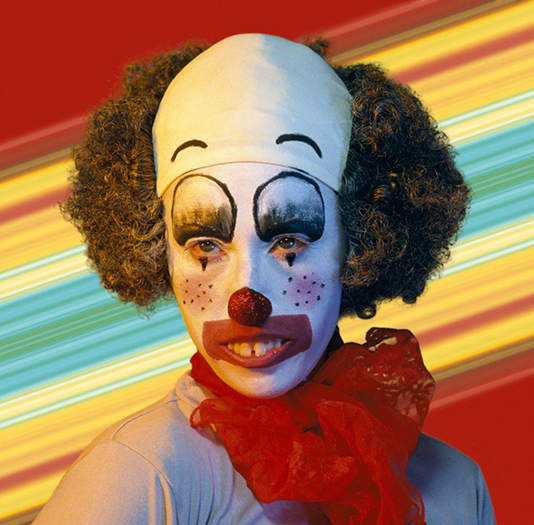
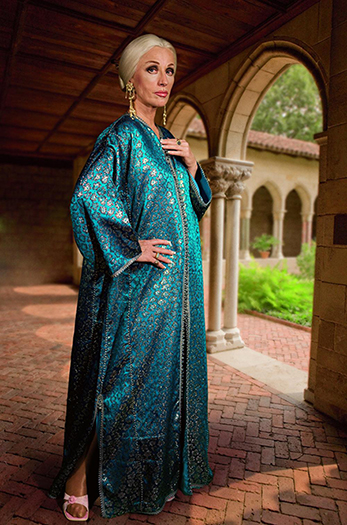
Cindy Sherman, one of the most influential figures in contemporary art for some; egocentric, tacky or pretentious for others; a mockery for others still; but oozing empathy for yet more. Suffice it to say that all you have to do to get a sense of her sincerity is just watch how she holds the spectator's rapt attention in the majority of her portraits.
Or is it a challenge that she engages us with?
Only the emotional response that is triggered within each individual will have an answer and the final say on that.
{youtube}UXKNuWtXZ_U|600|450{/youtube}
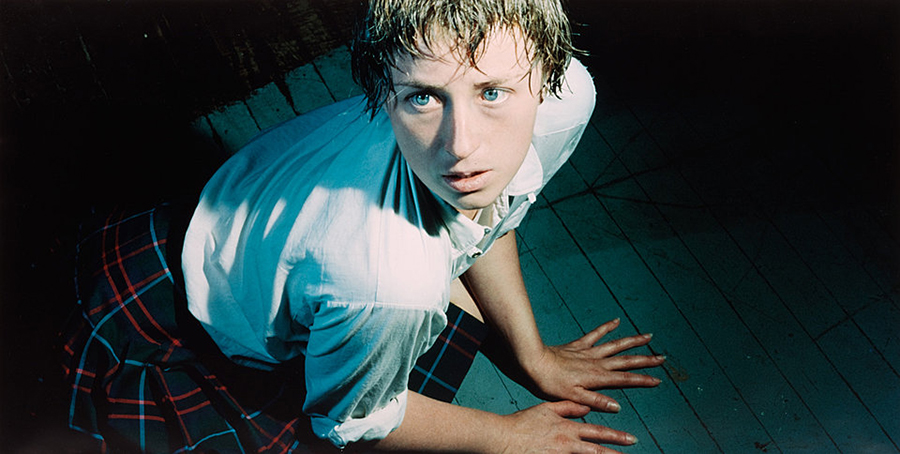
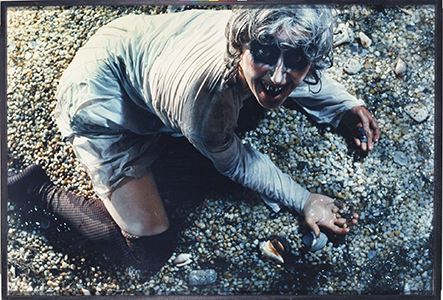
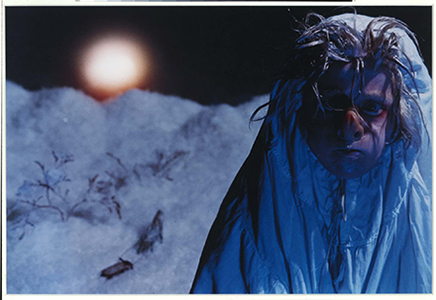
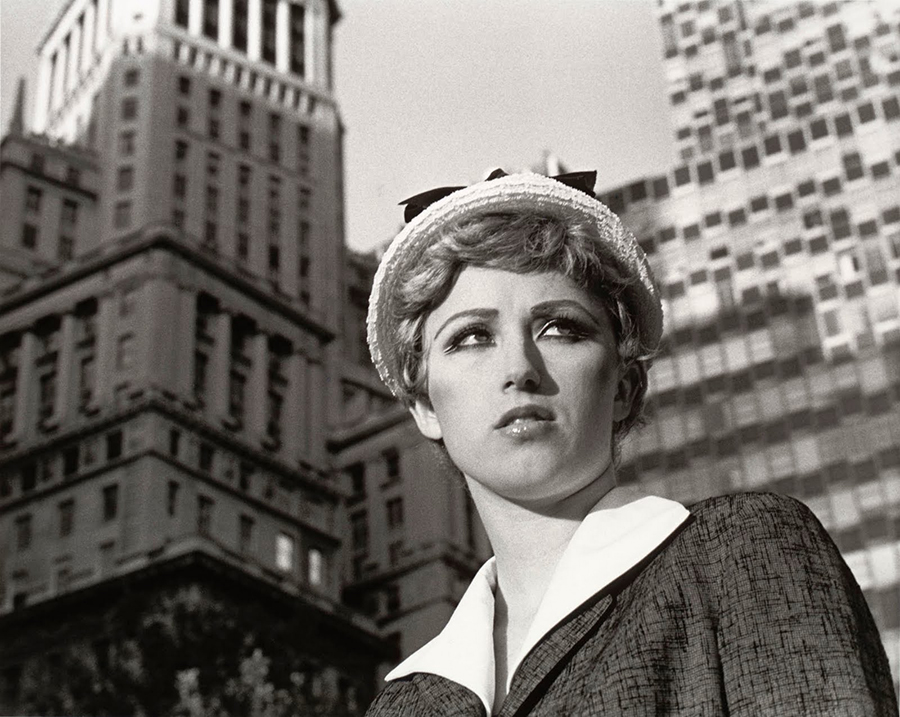
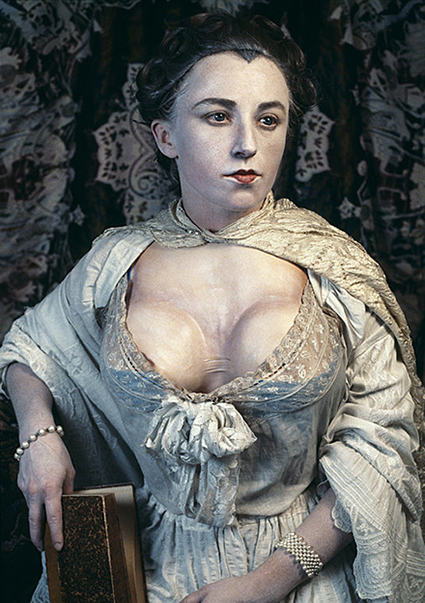
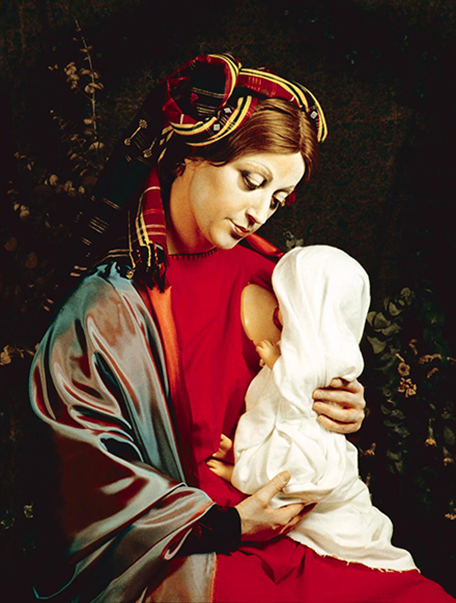
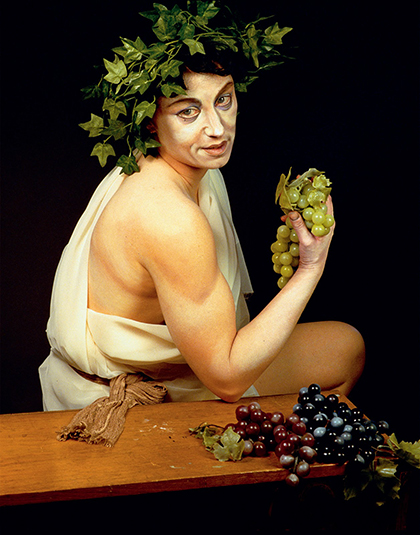
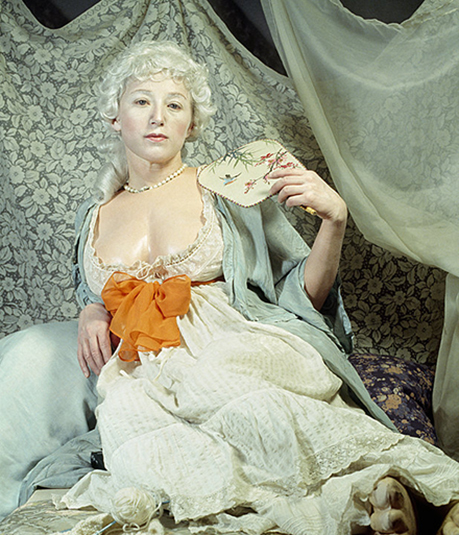
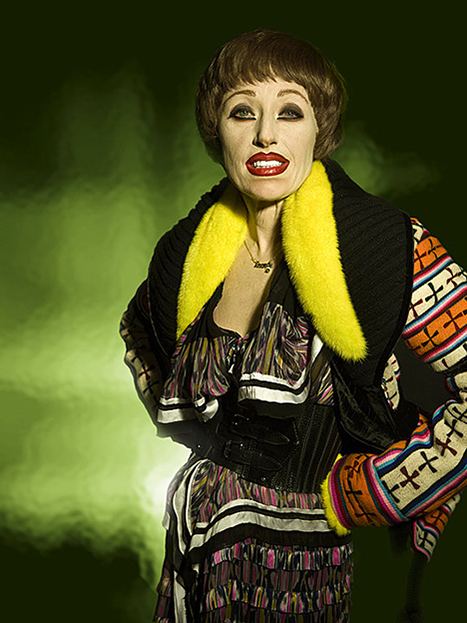
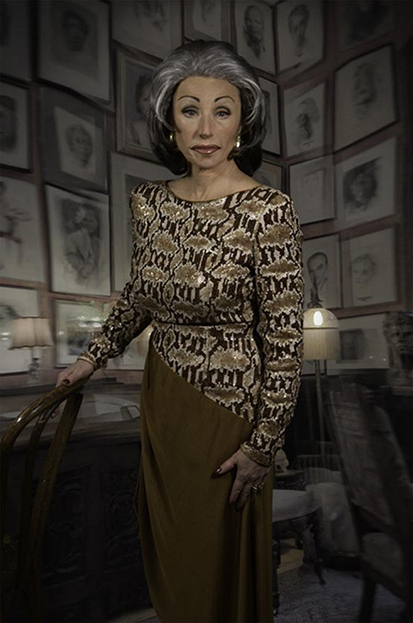
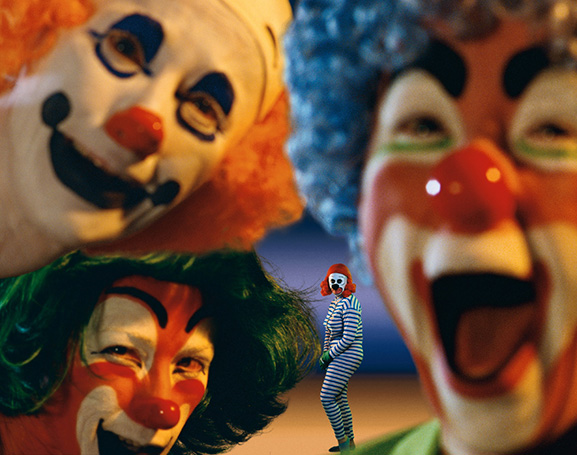
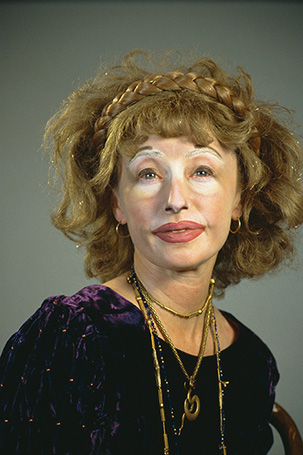

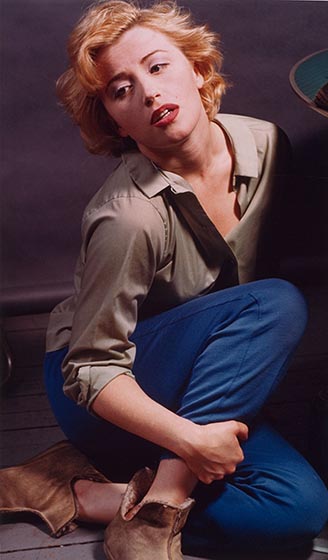
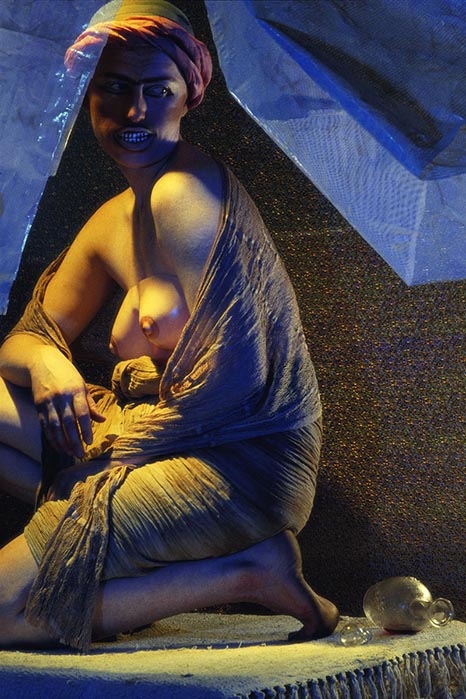
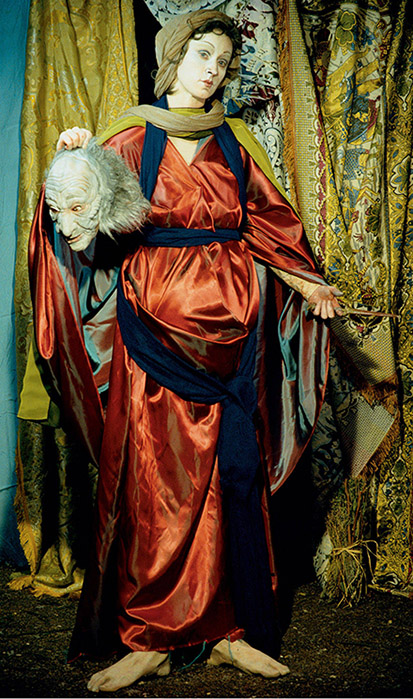
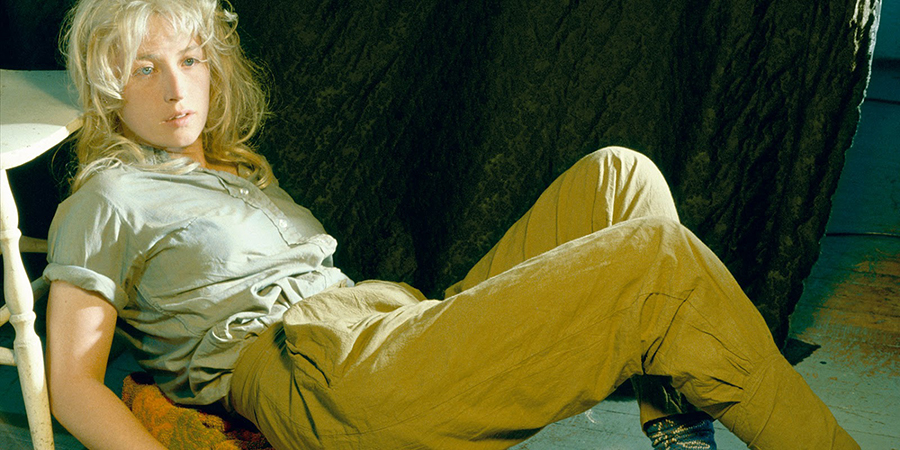
(Translated from the Spanish version by Shauna Devlin)
- Cindy Sherman: Biography, works, exhibitions - - Alejandra de Argos -



